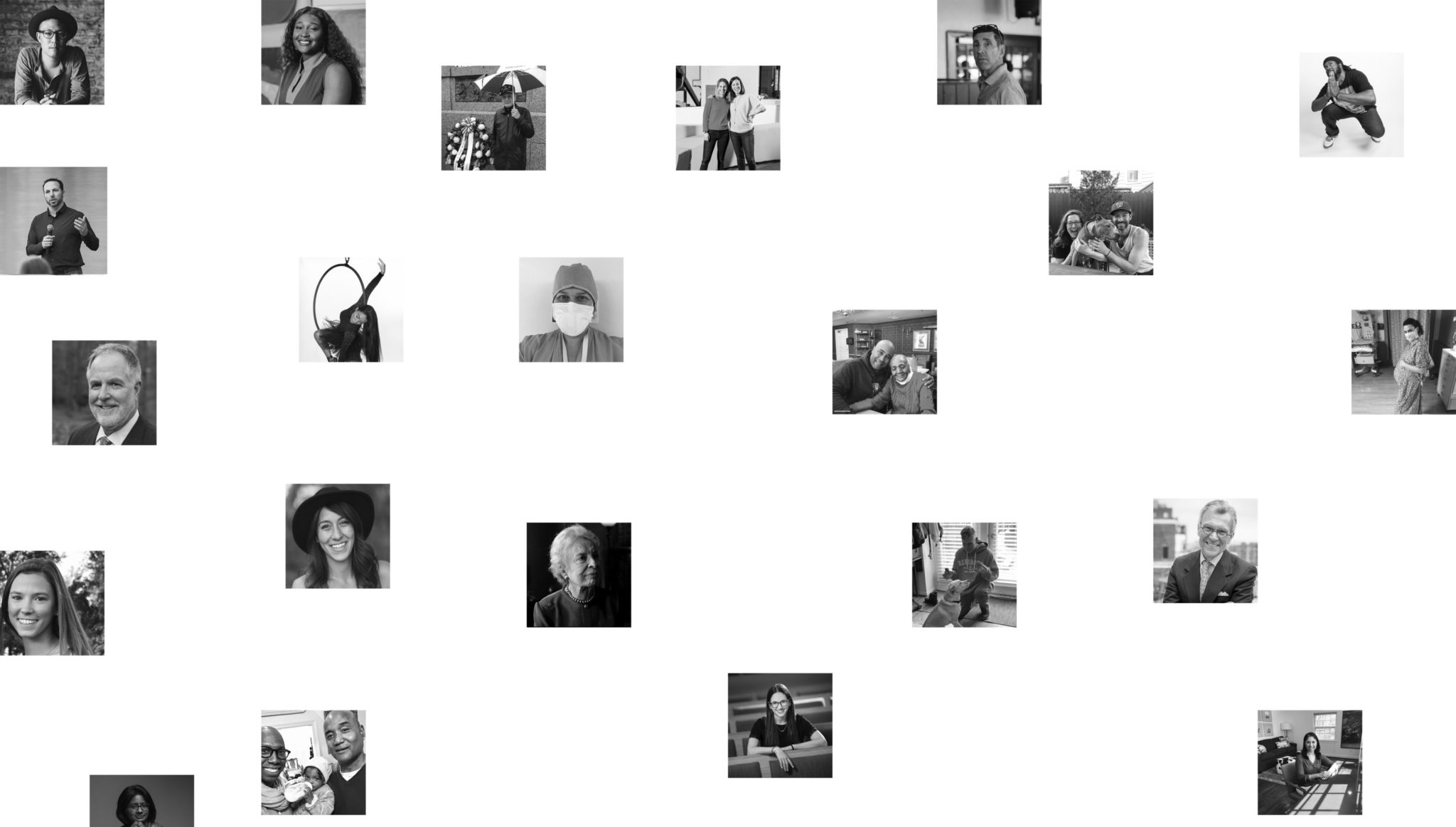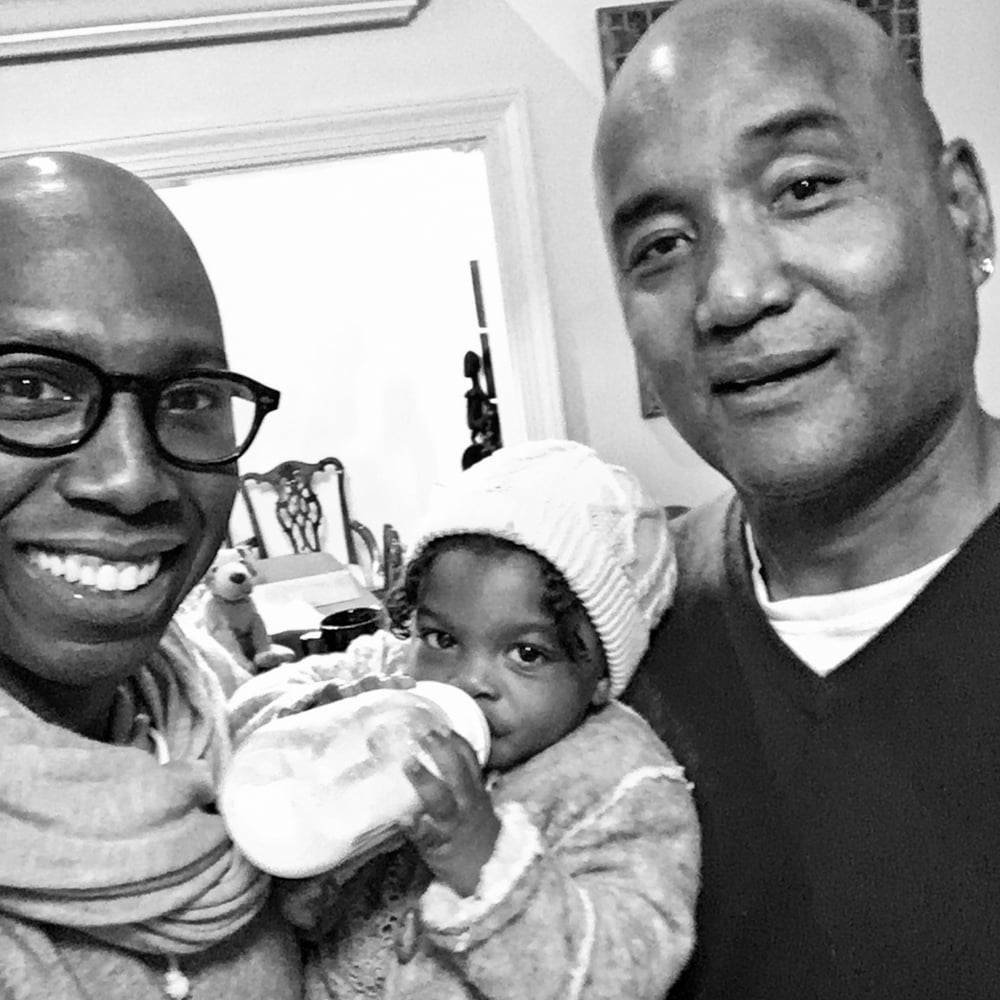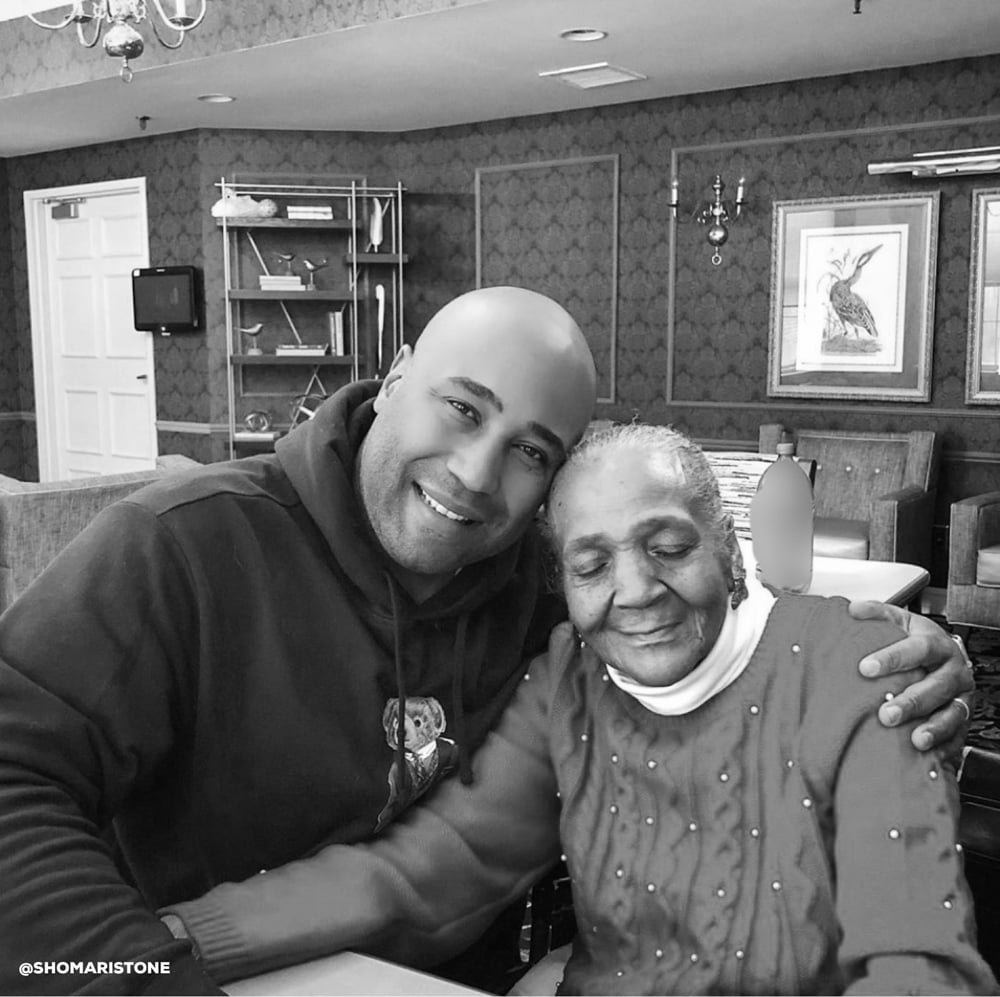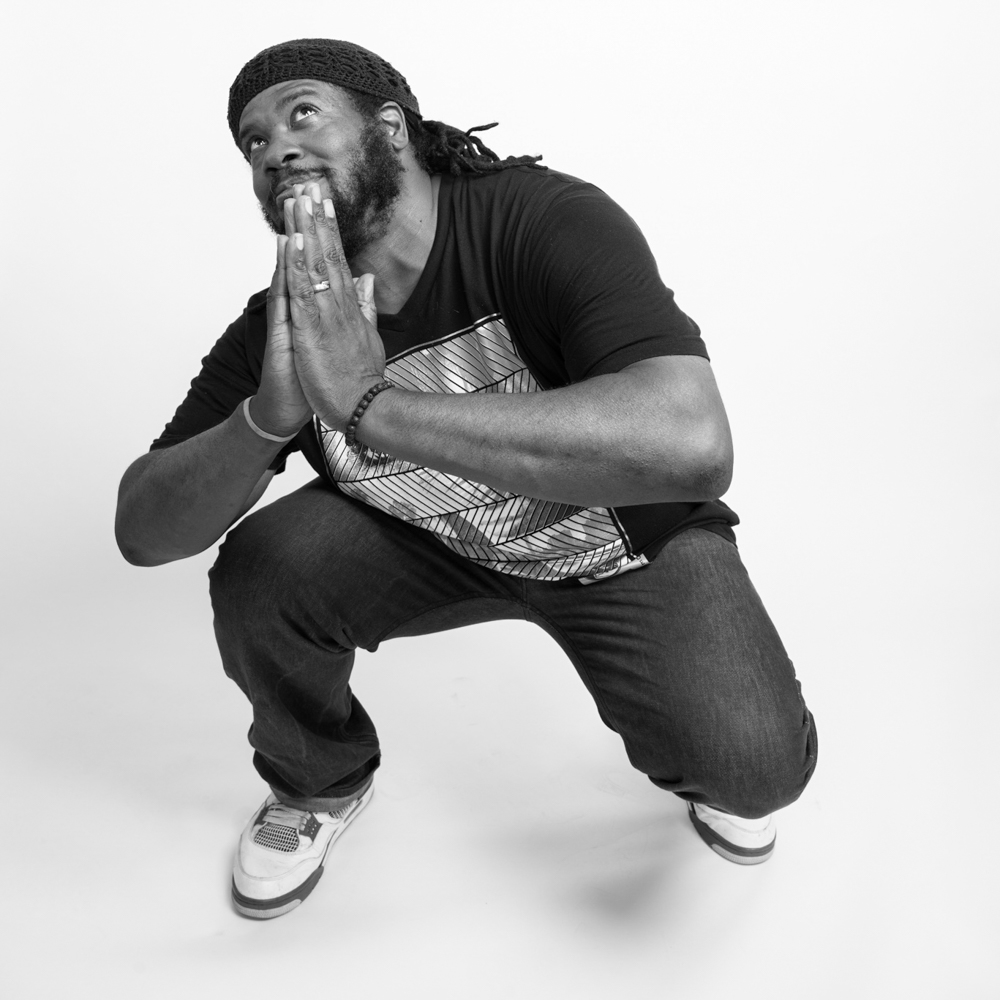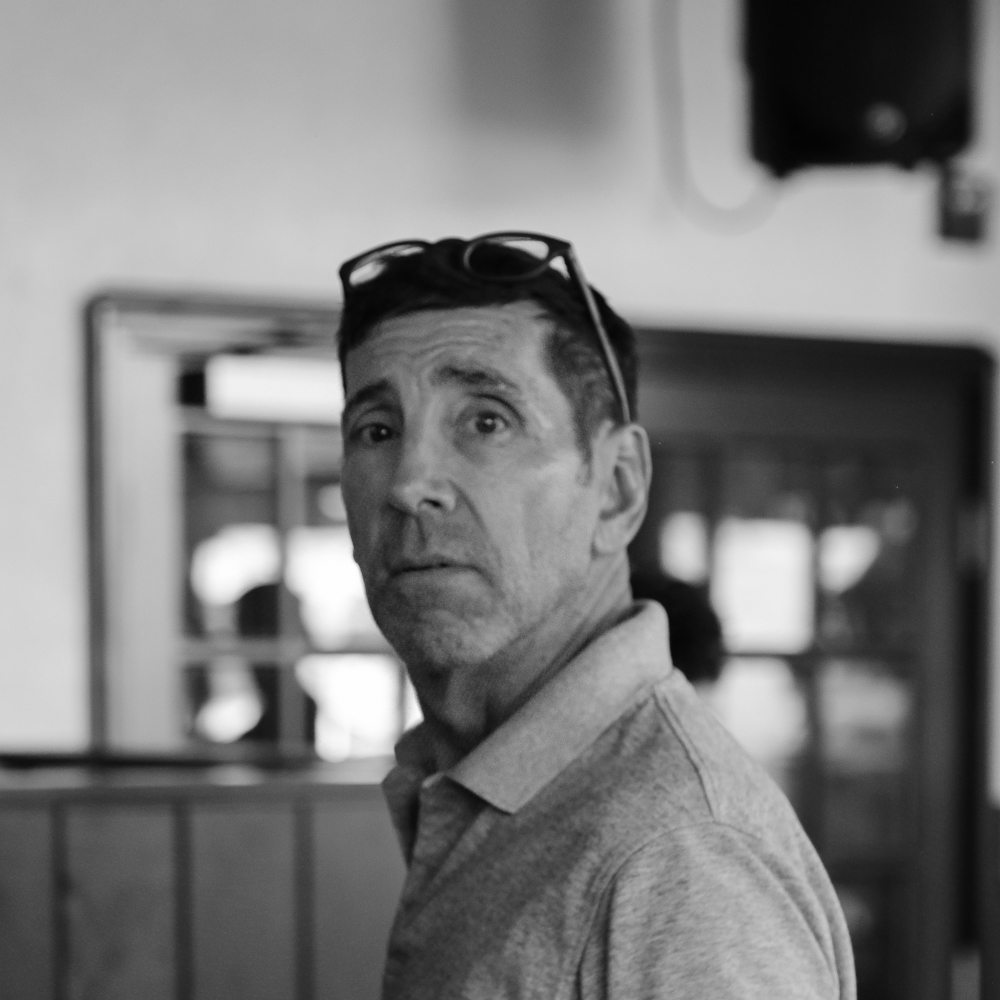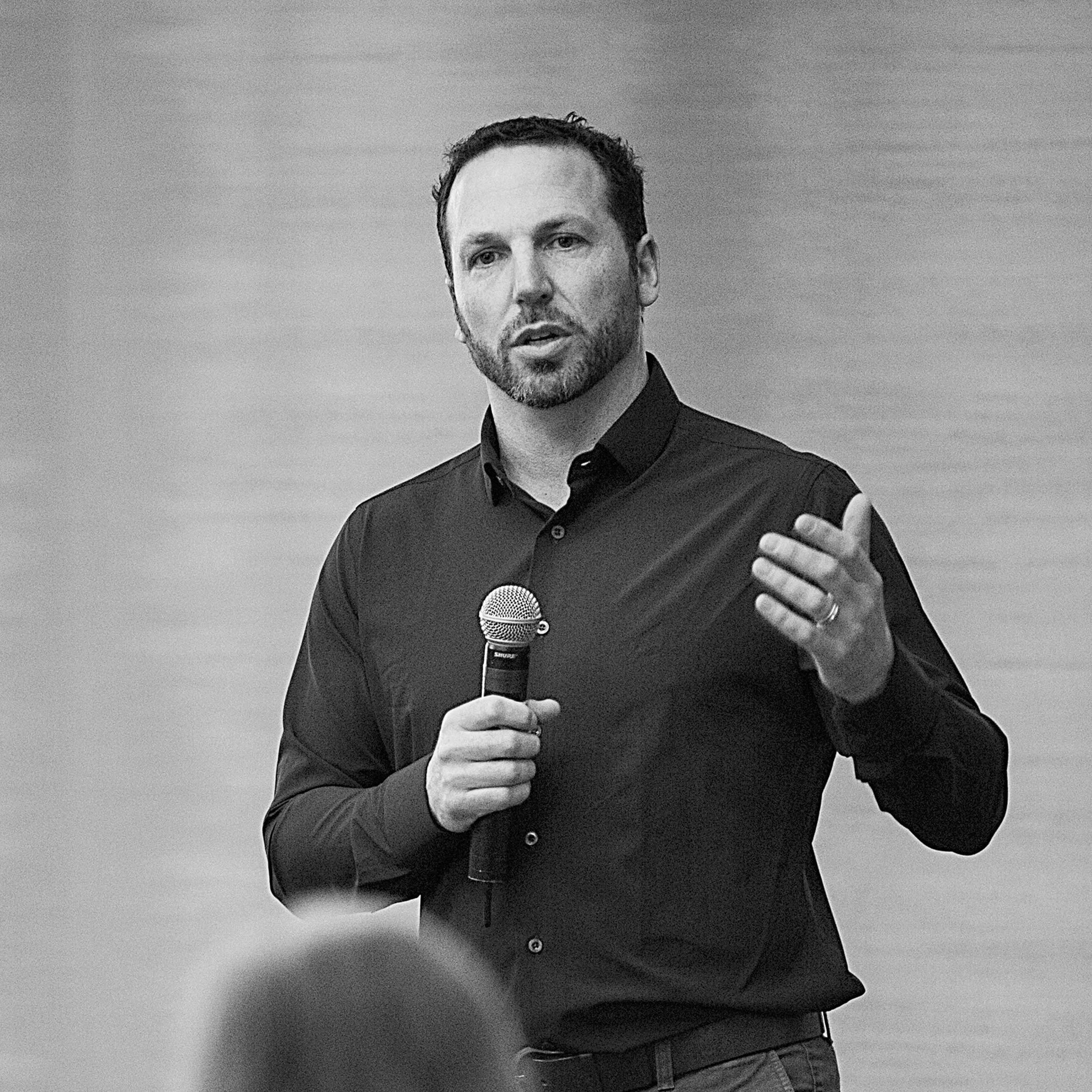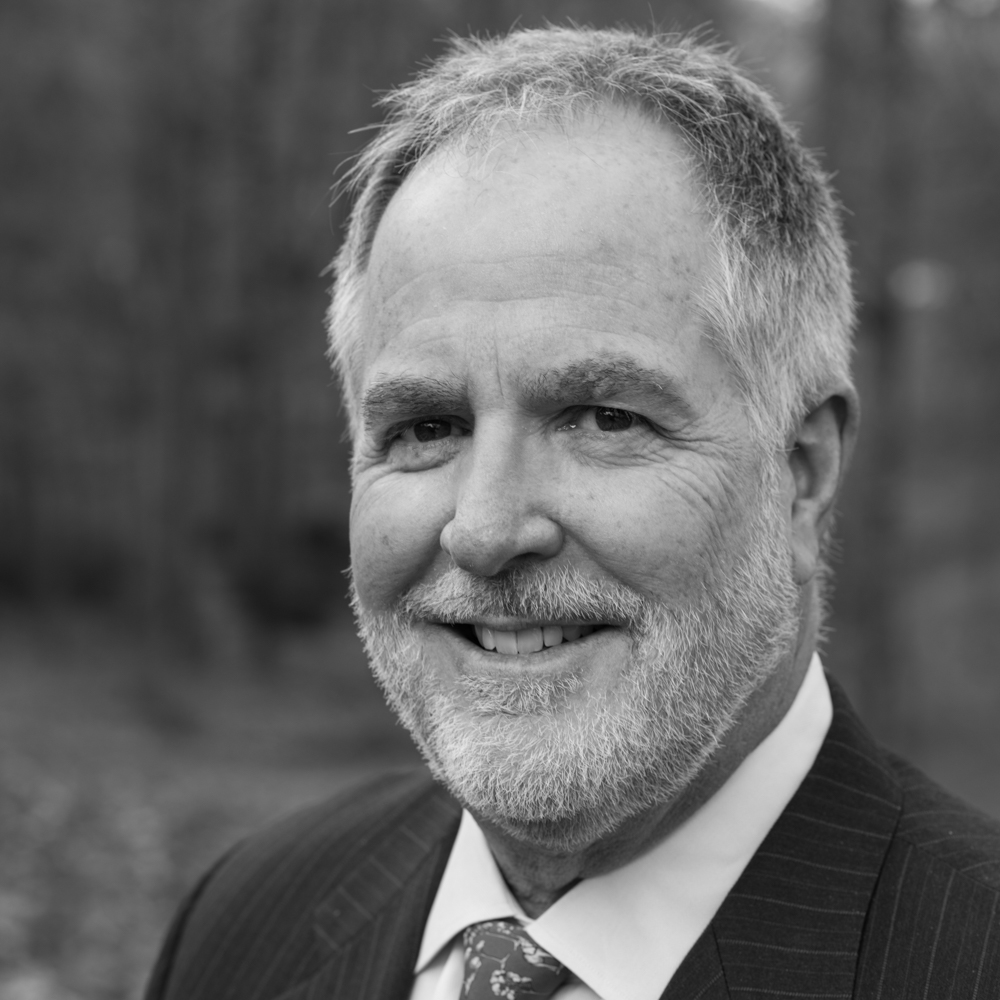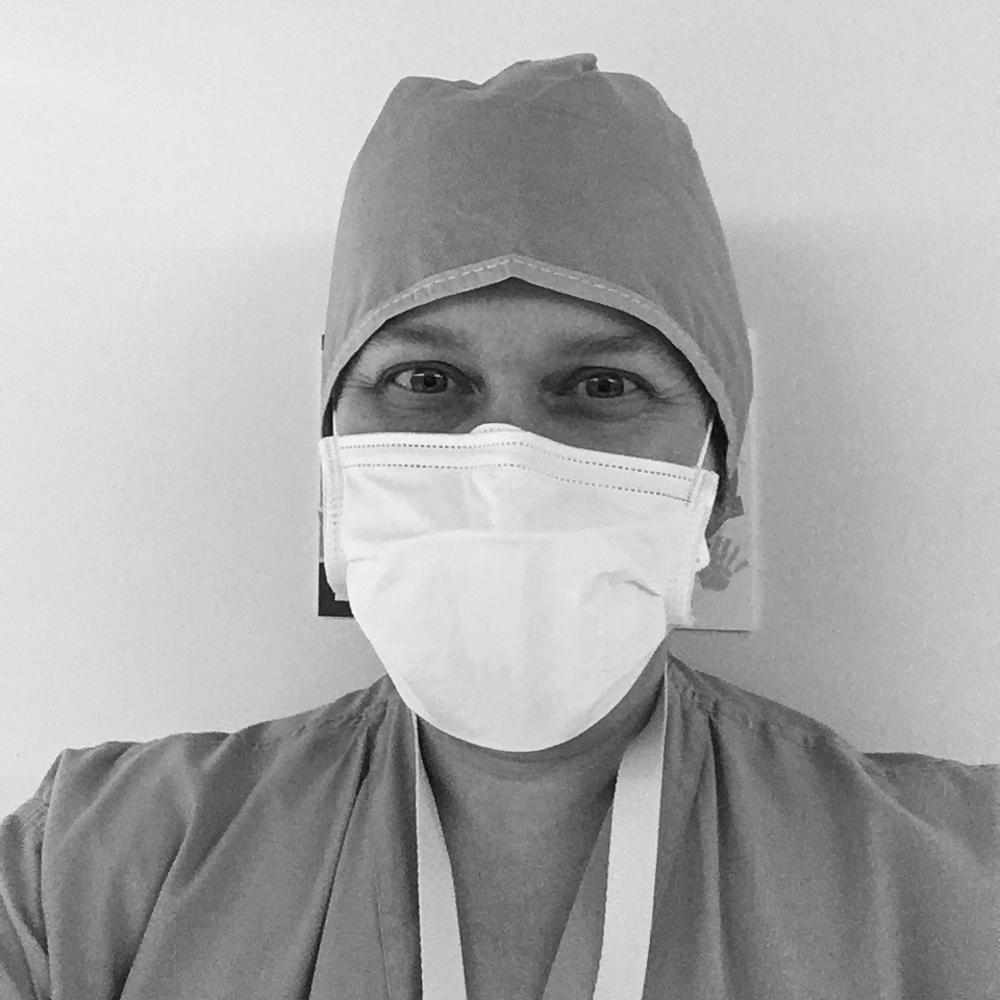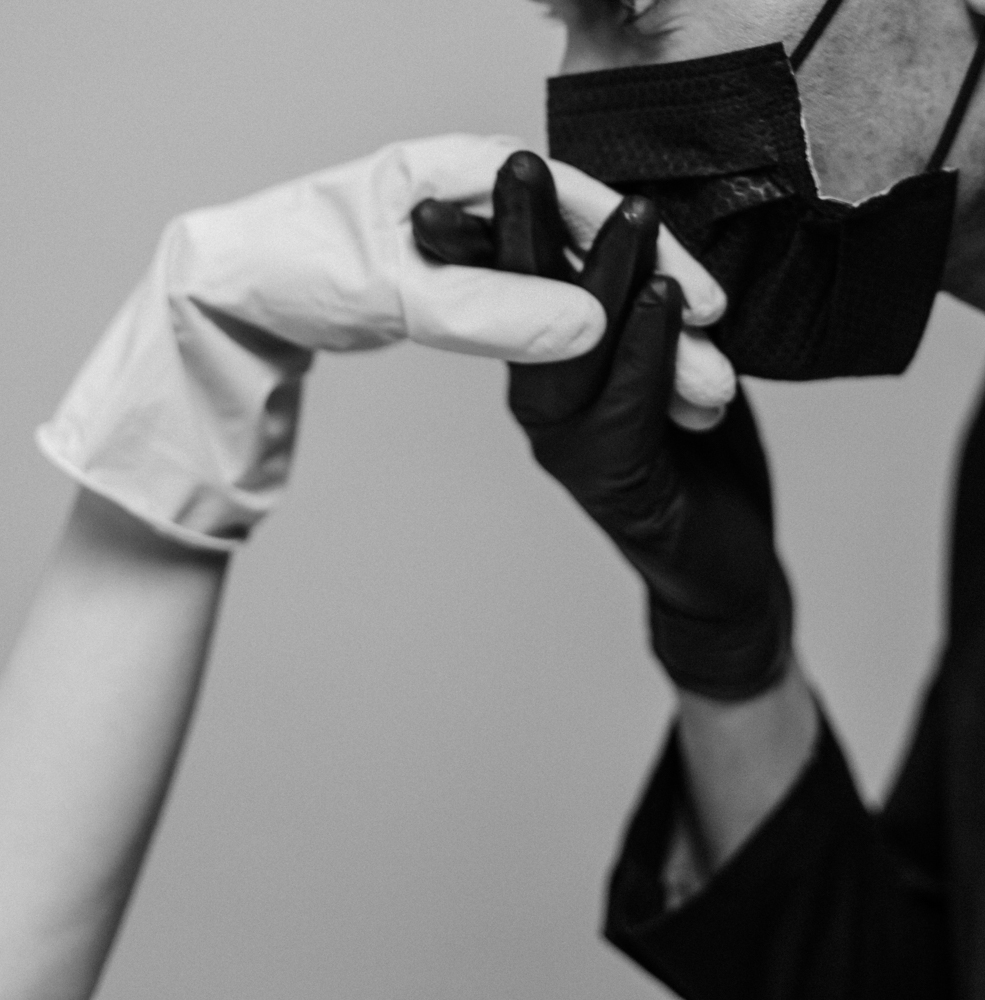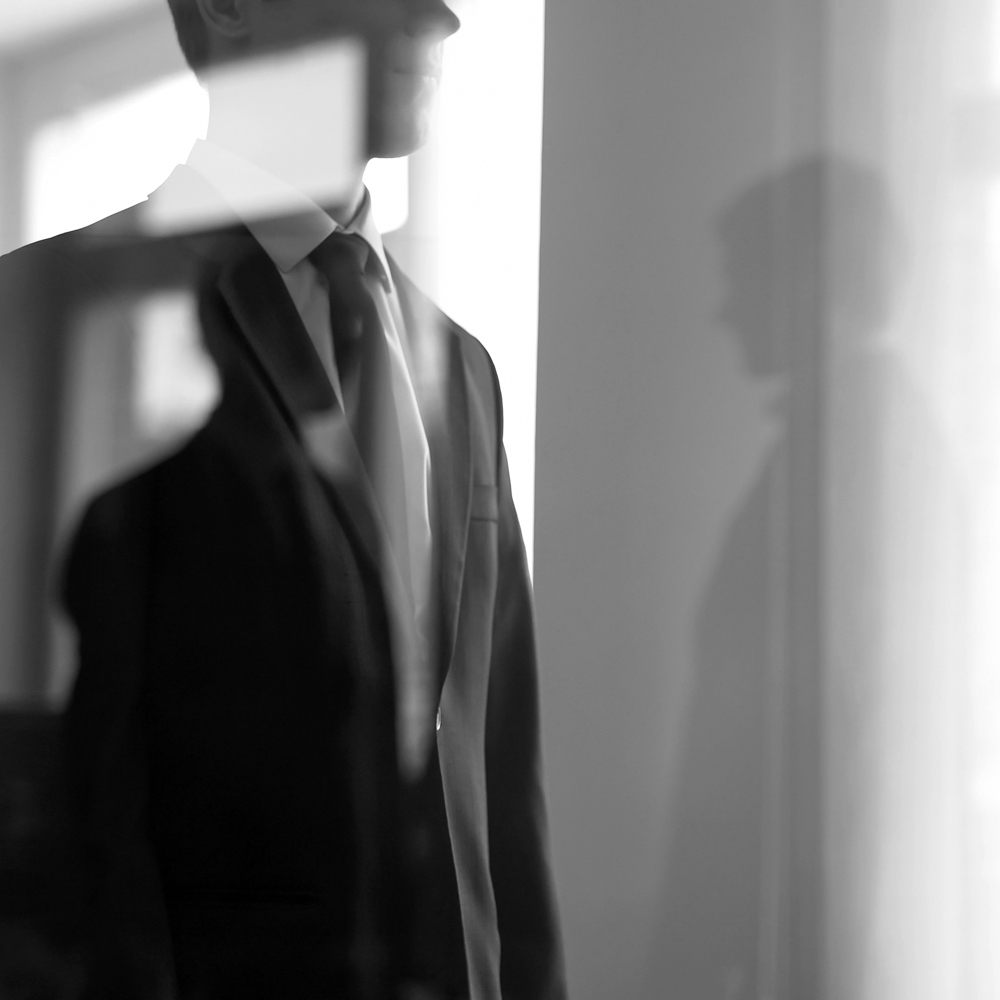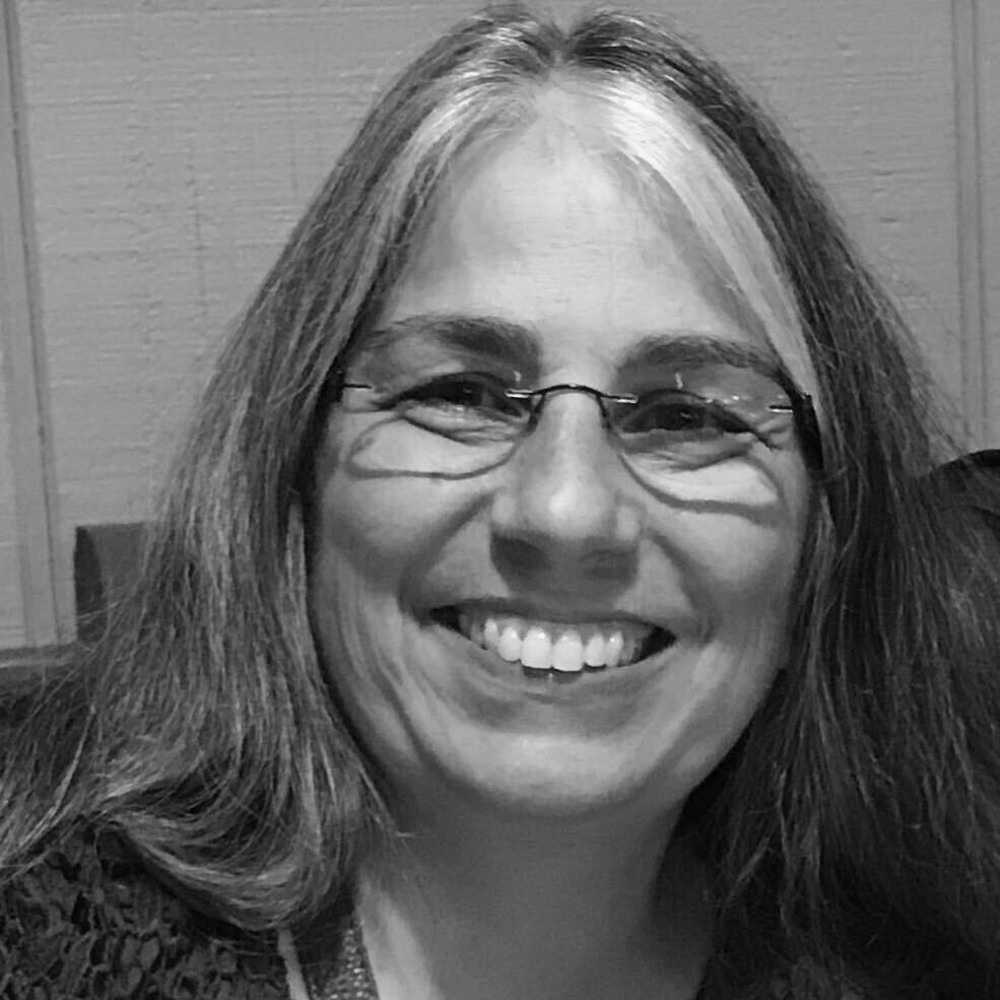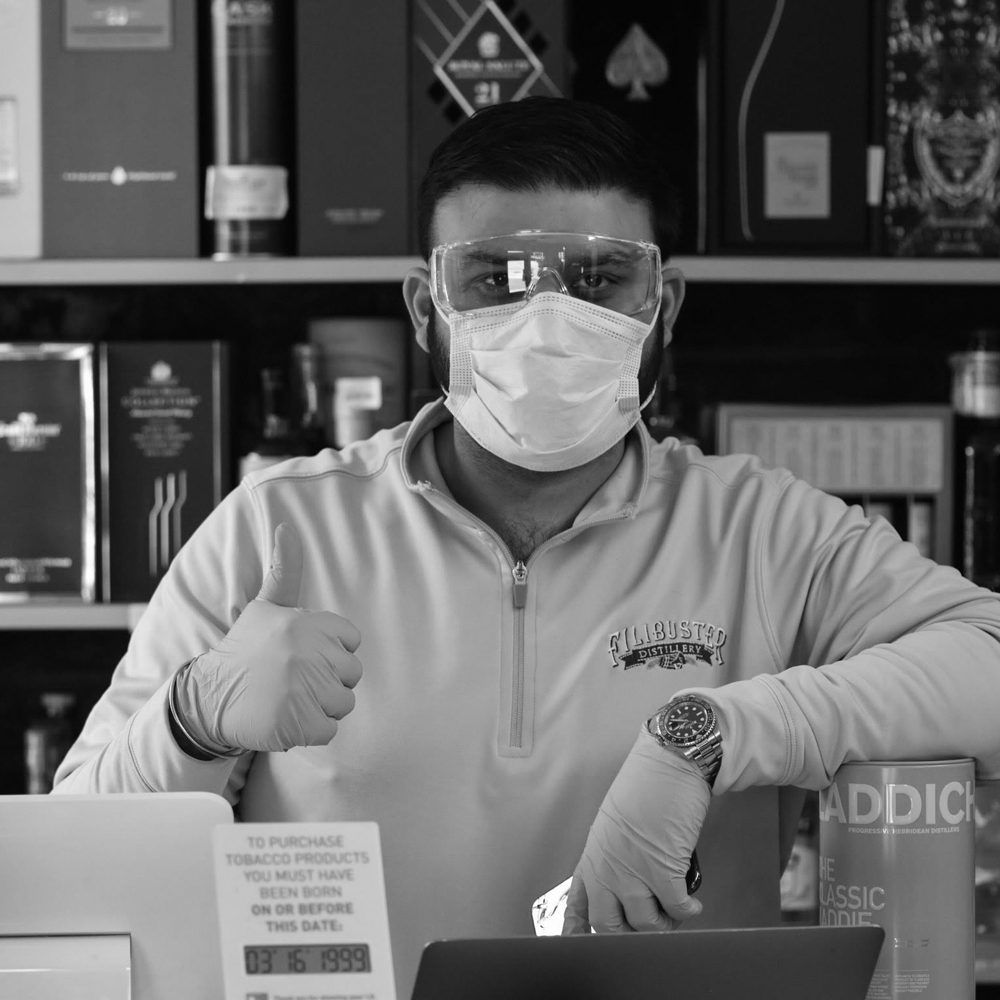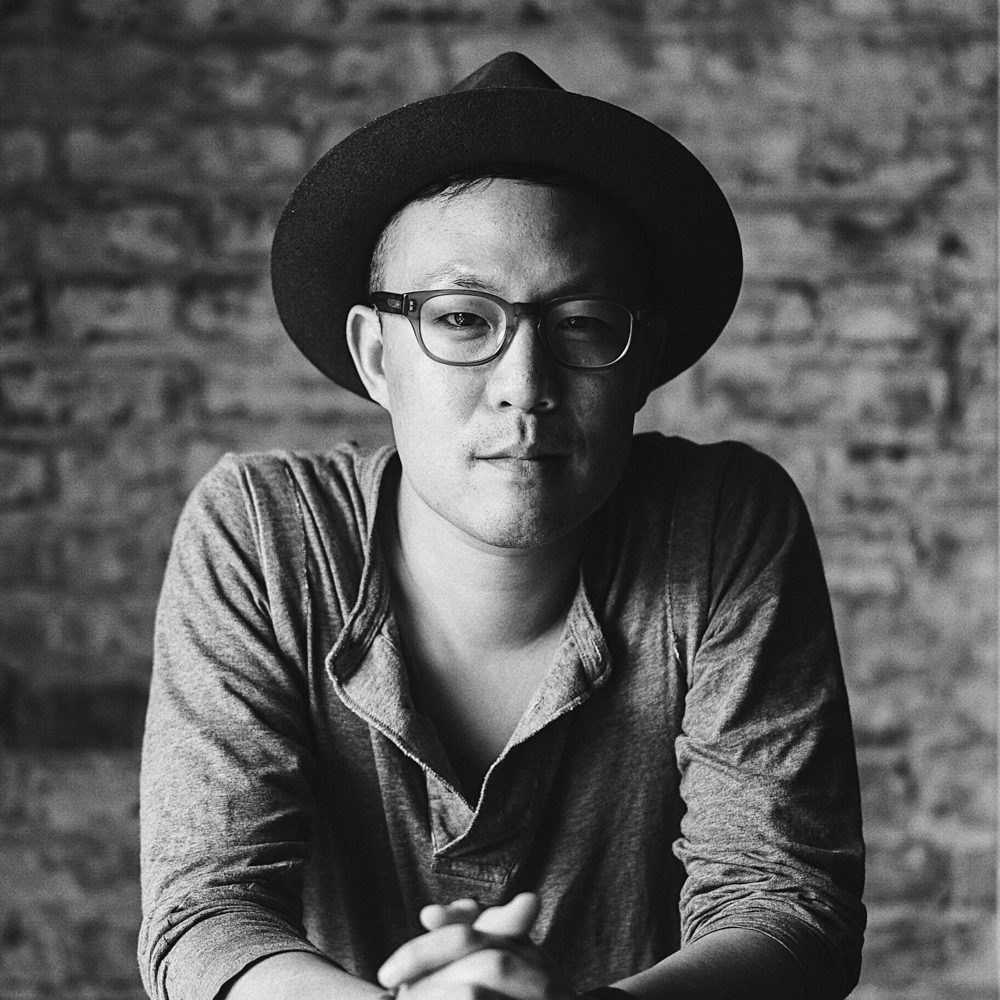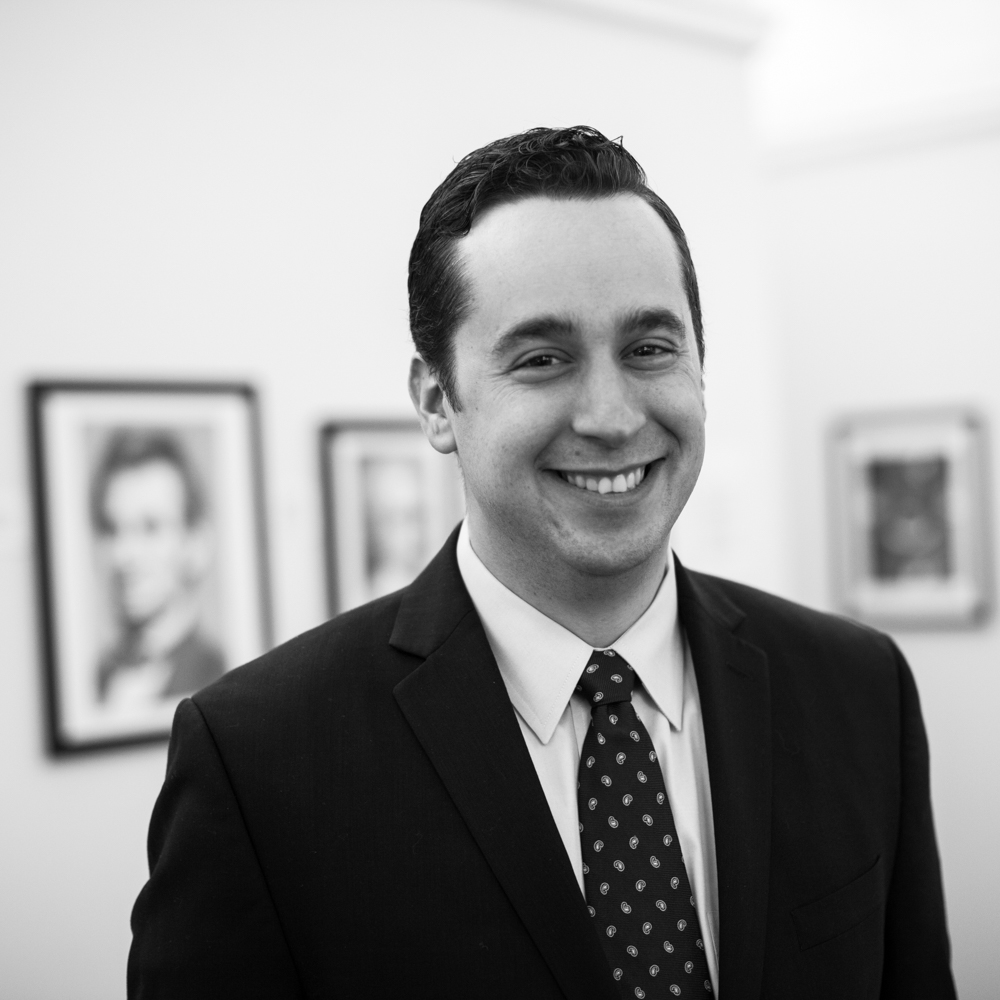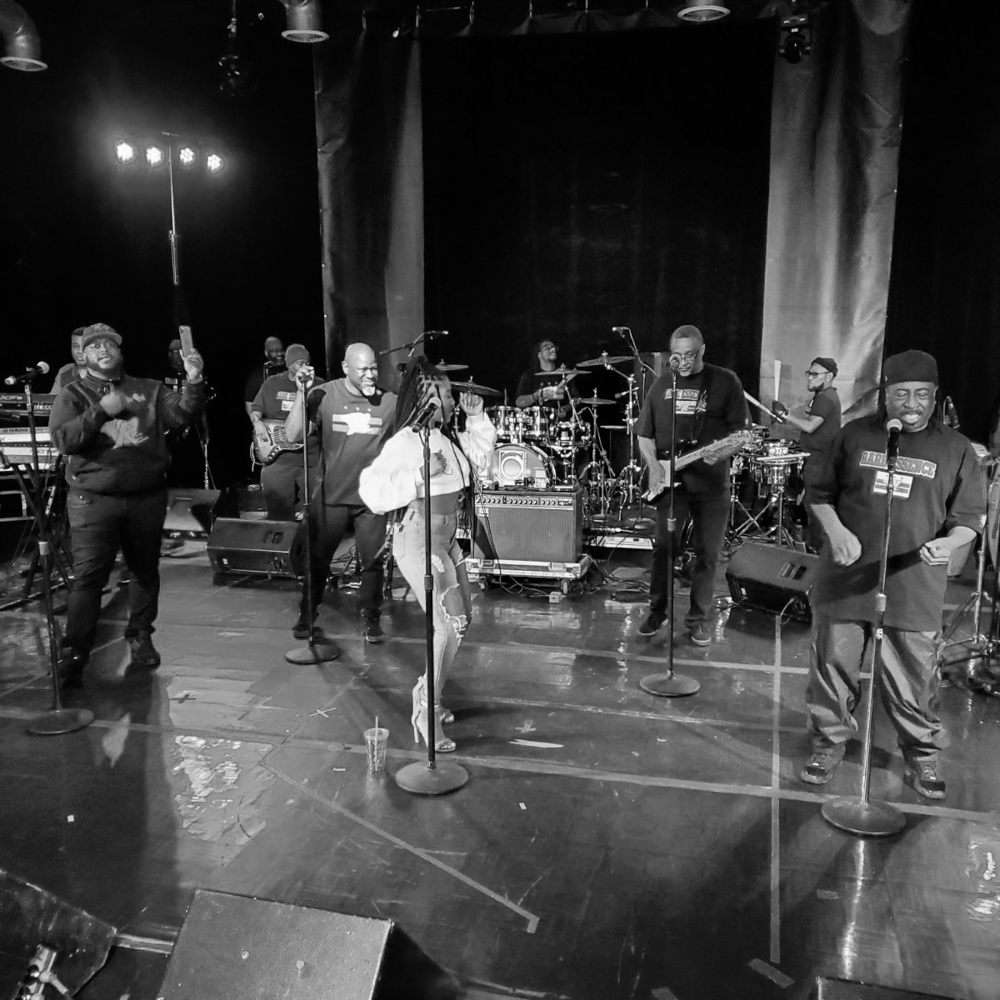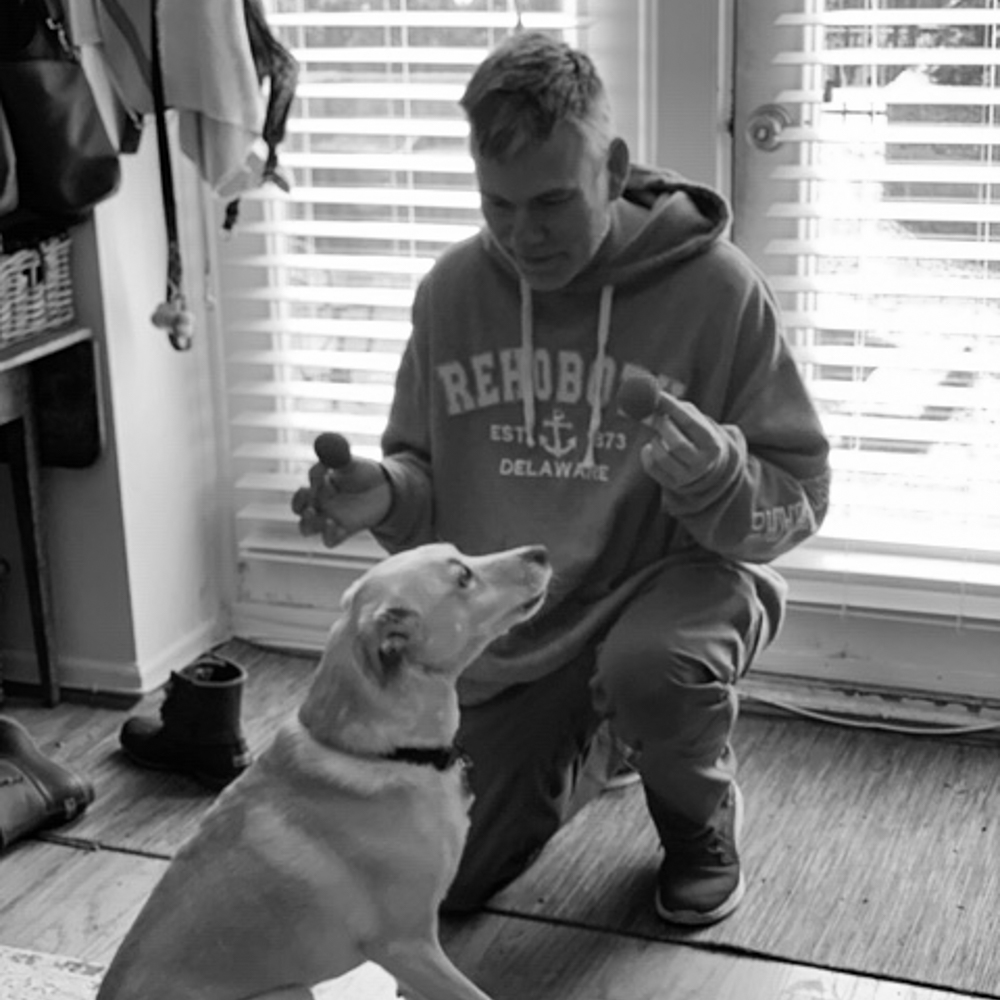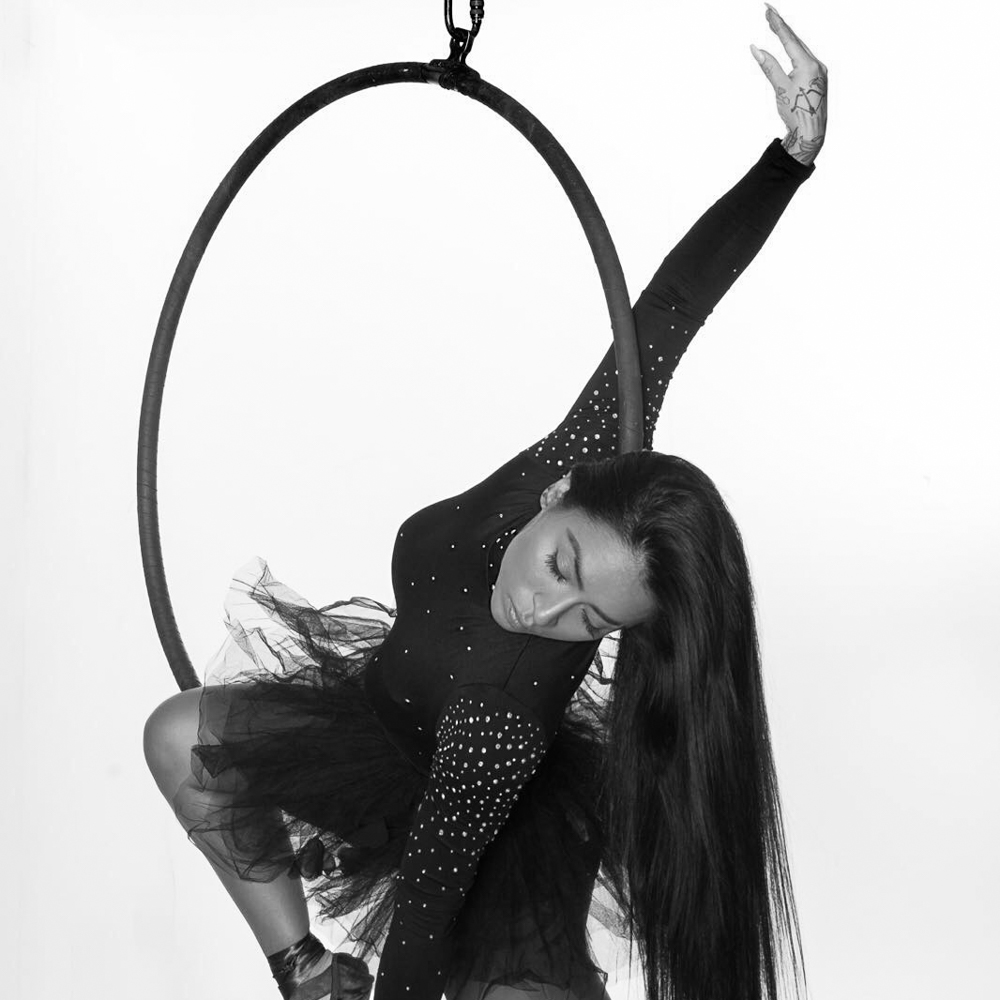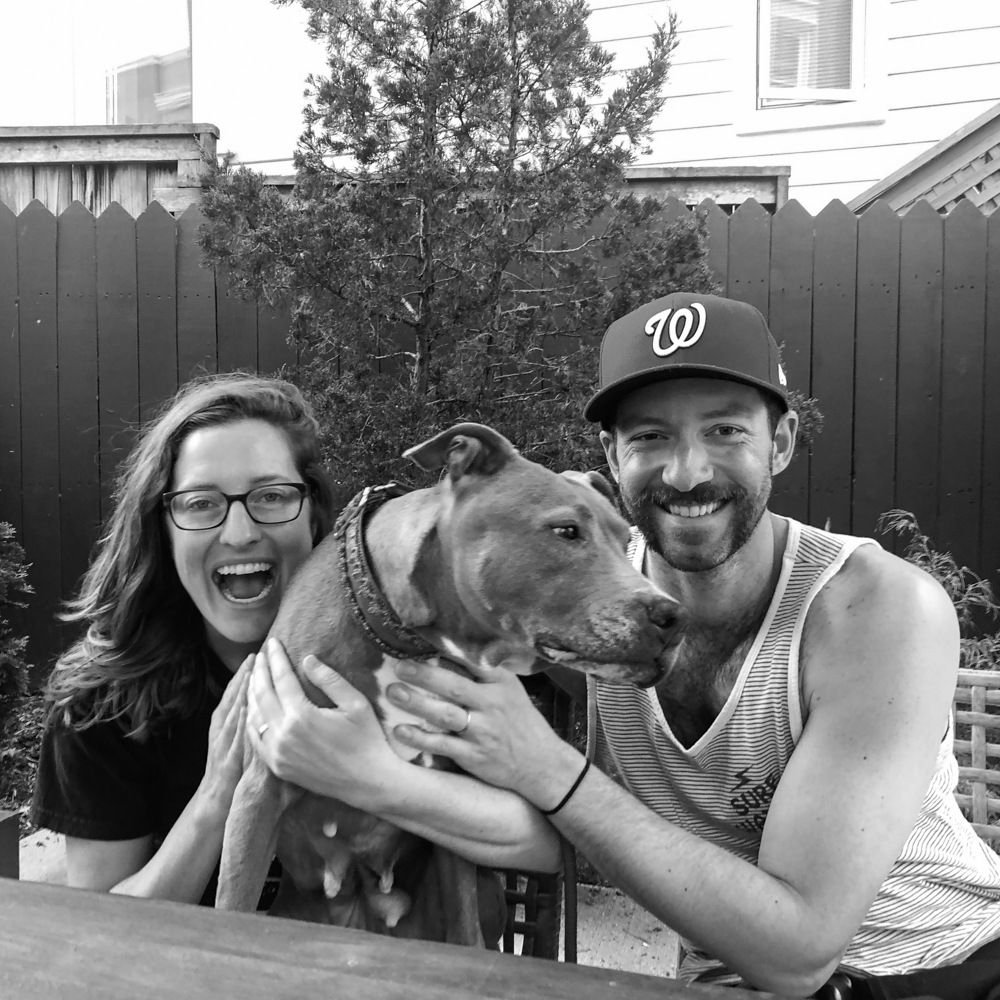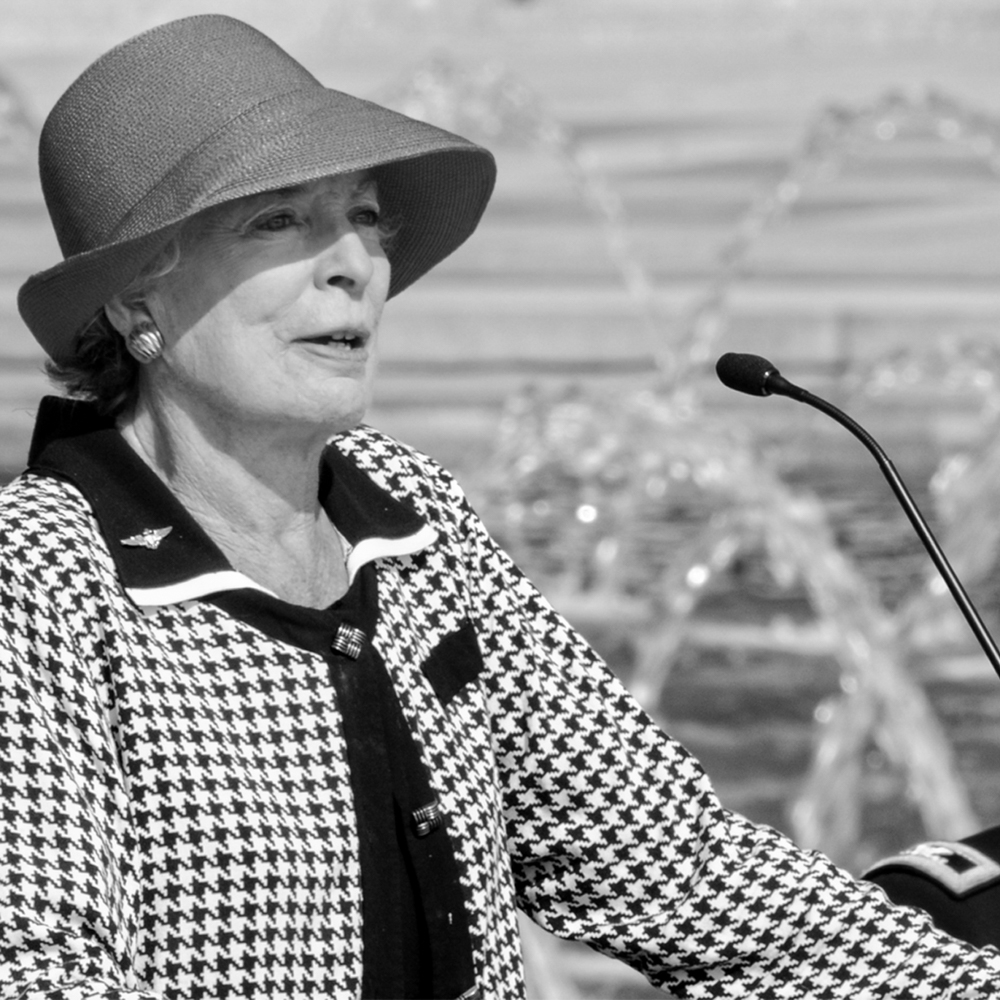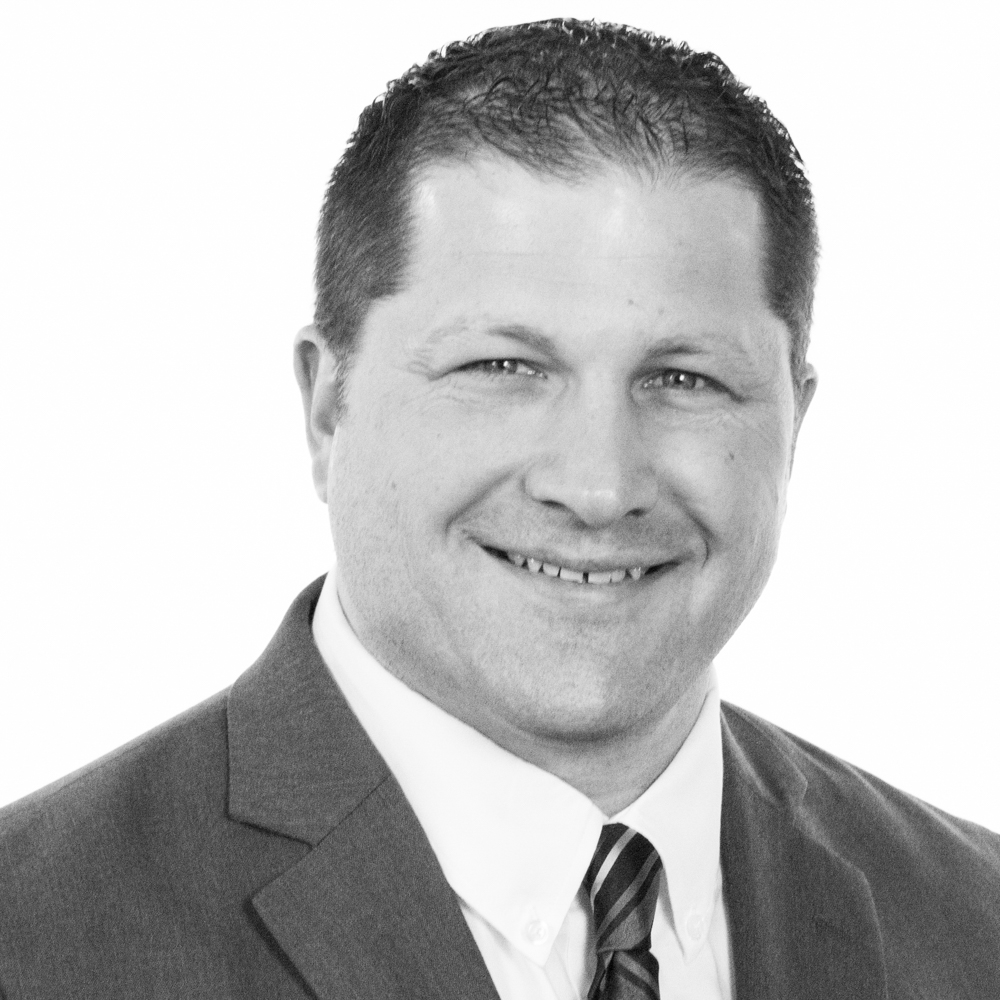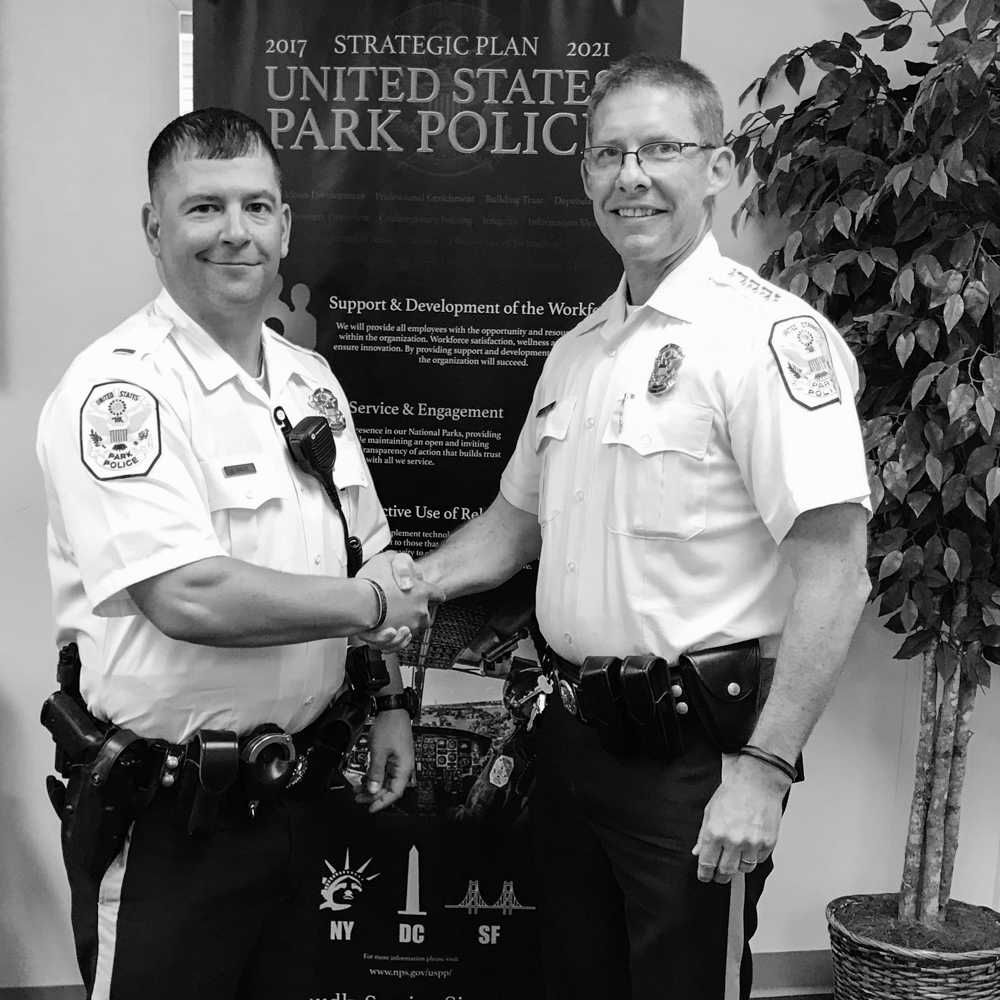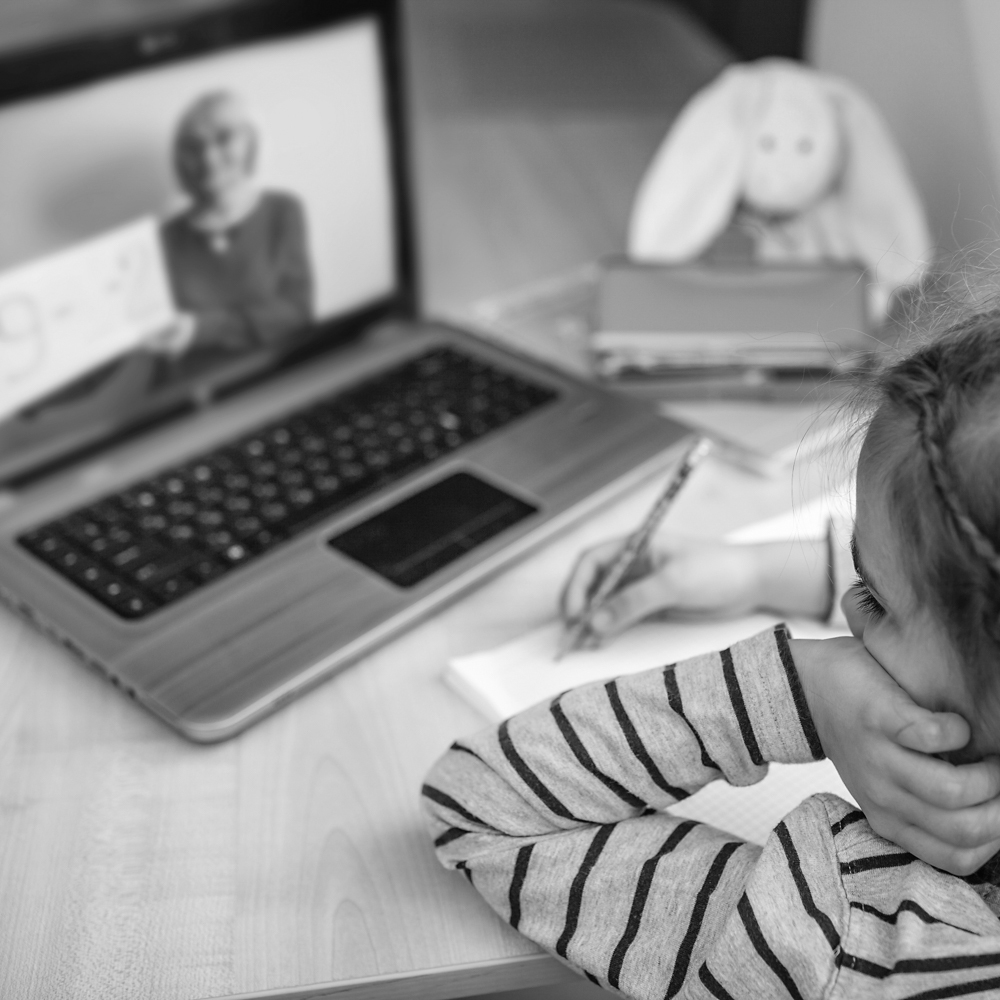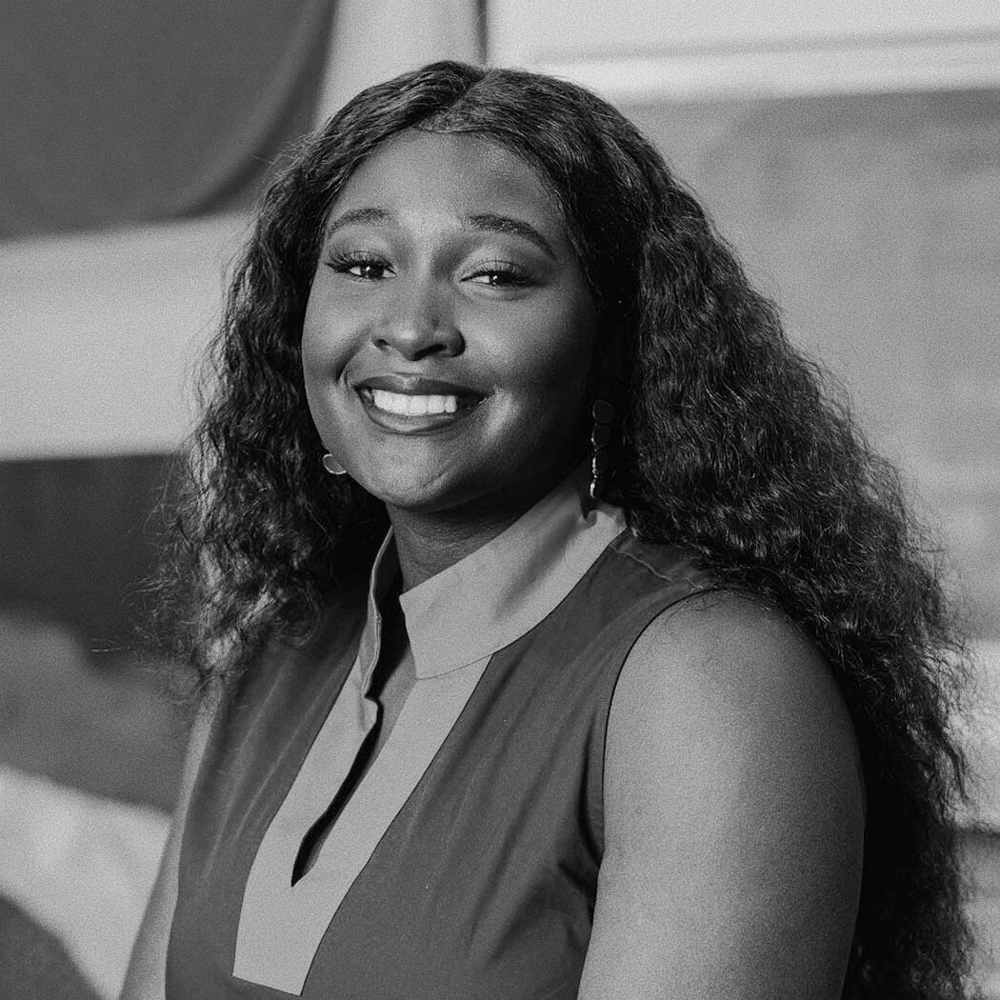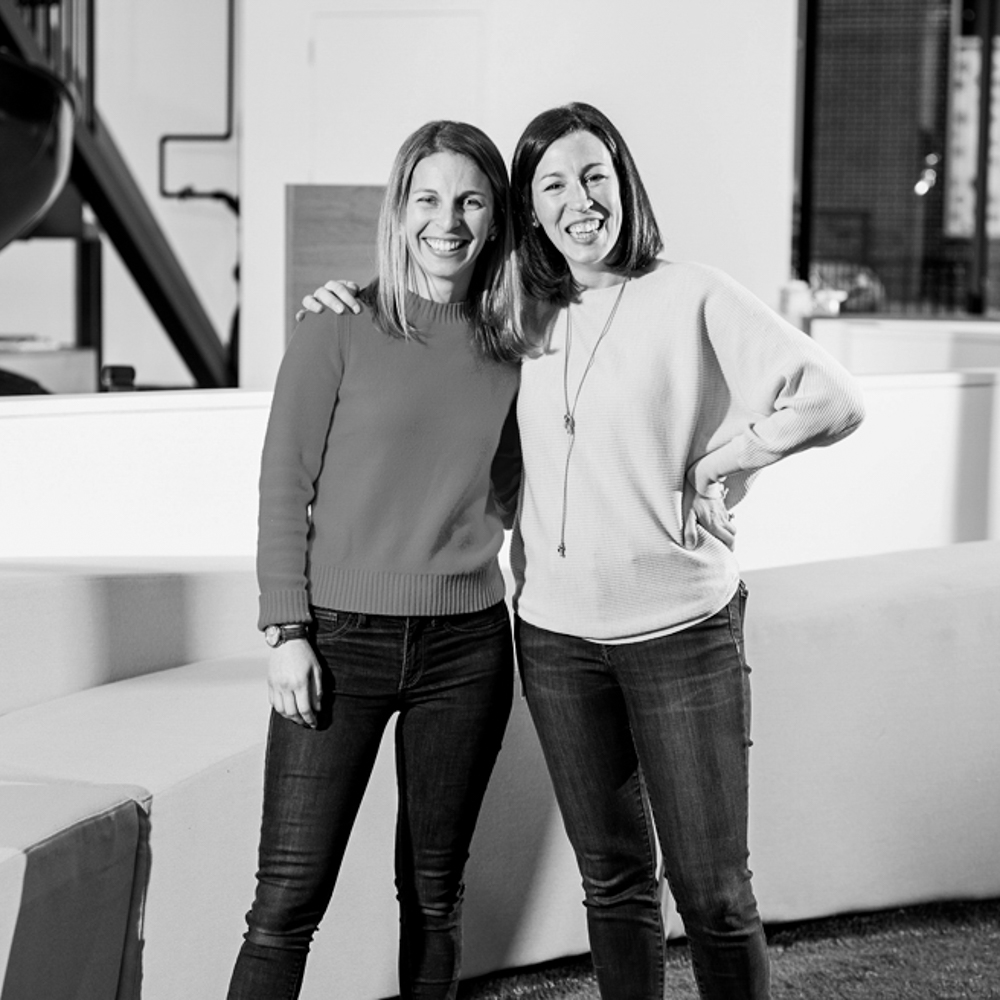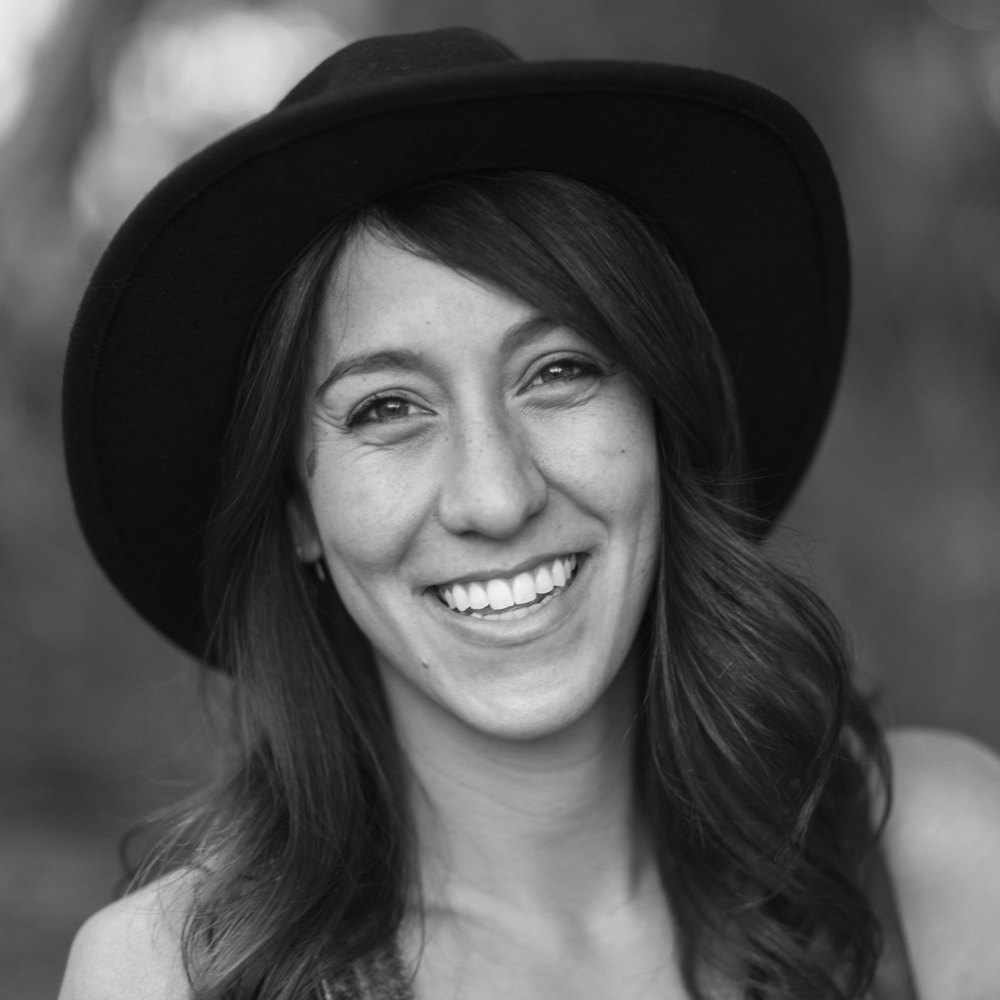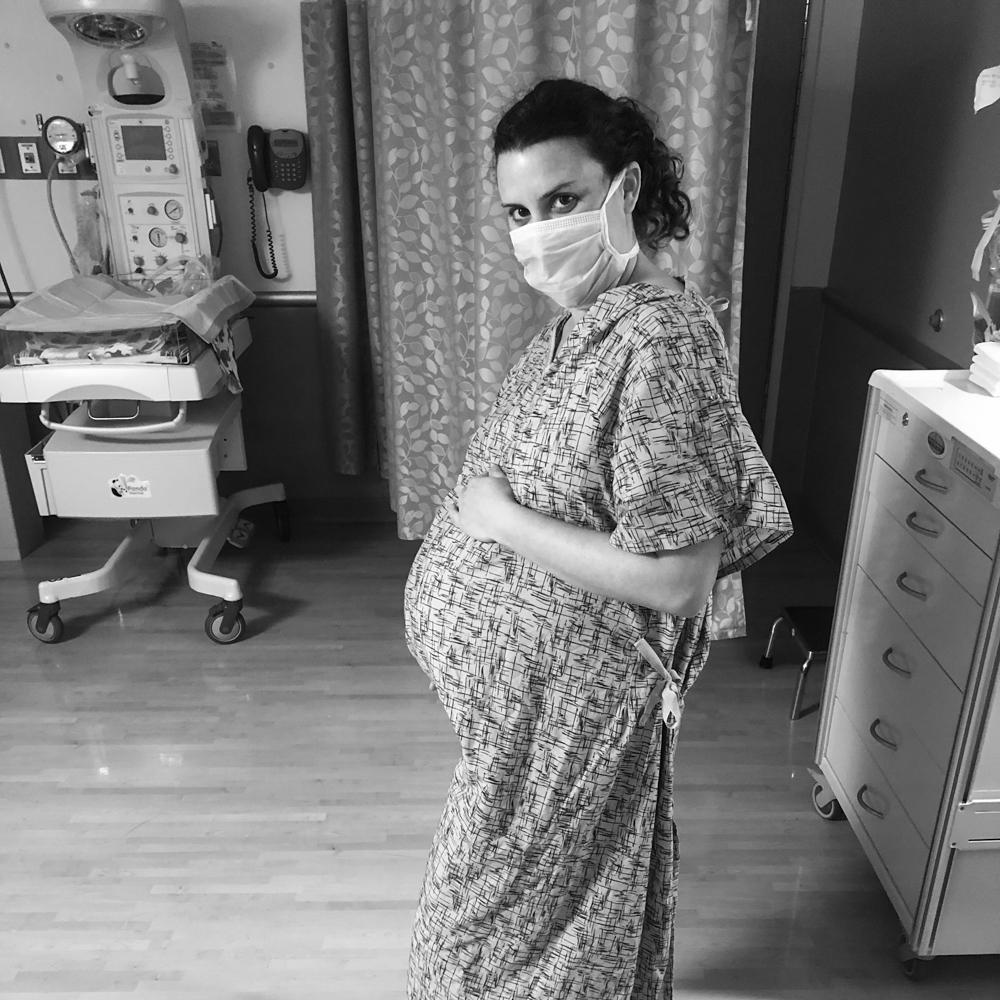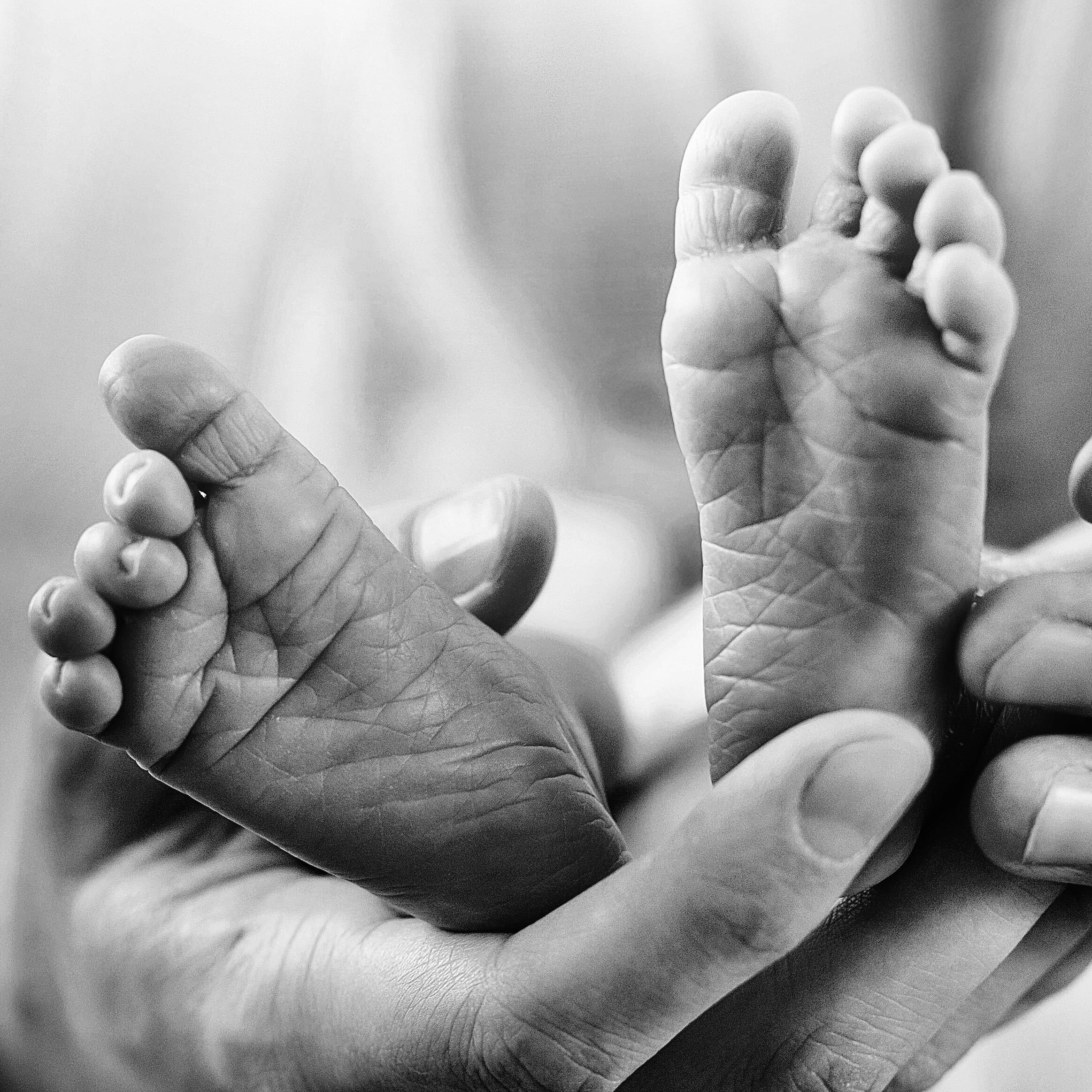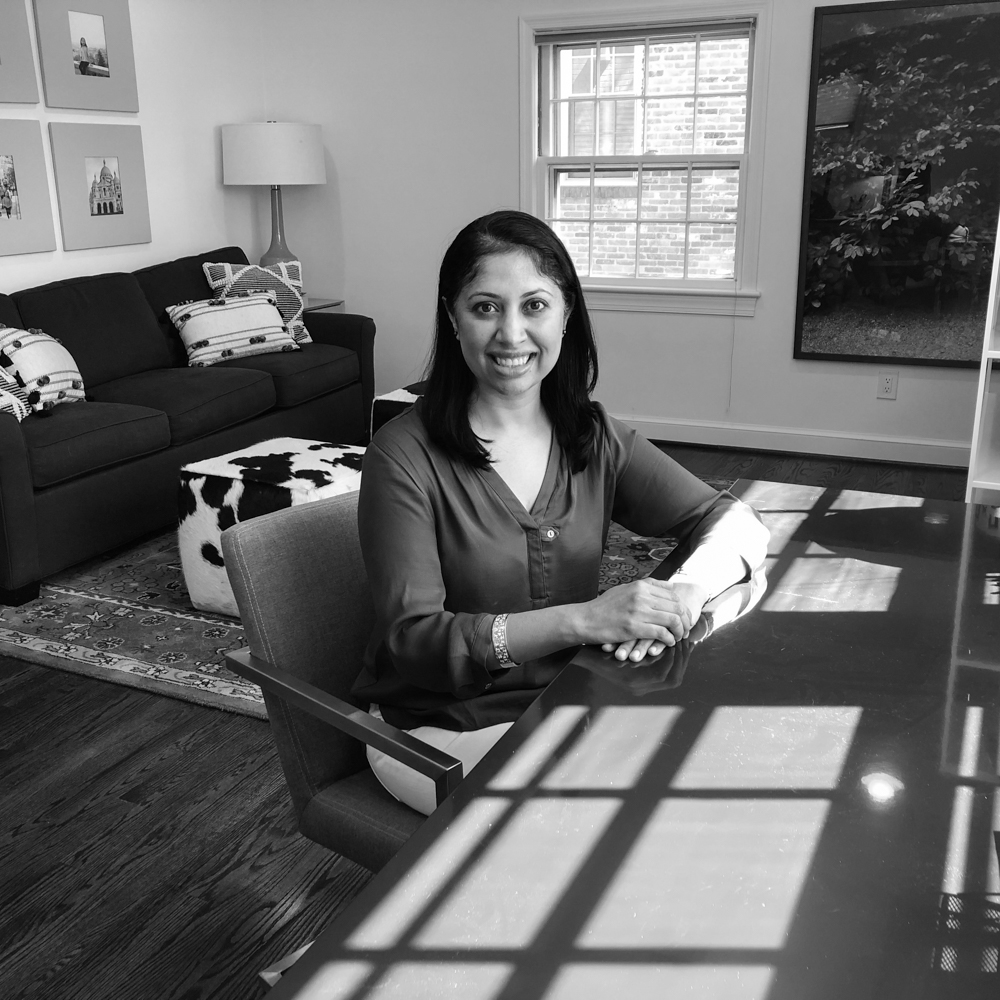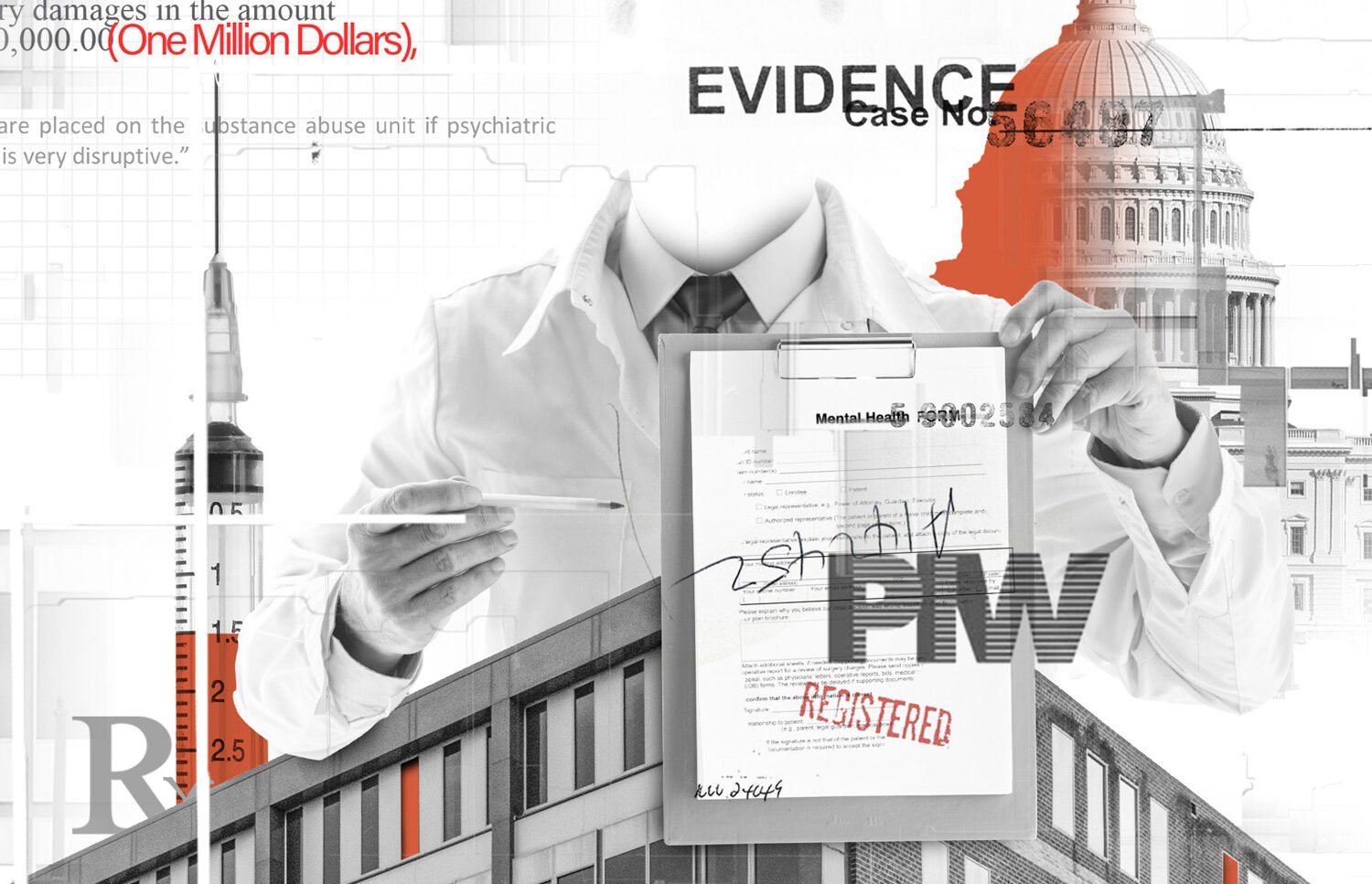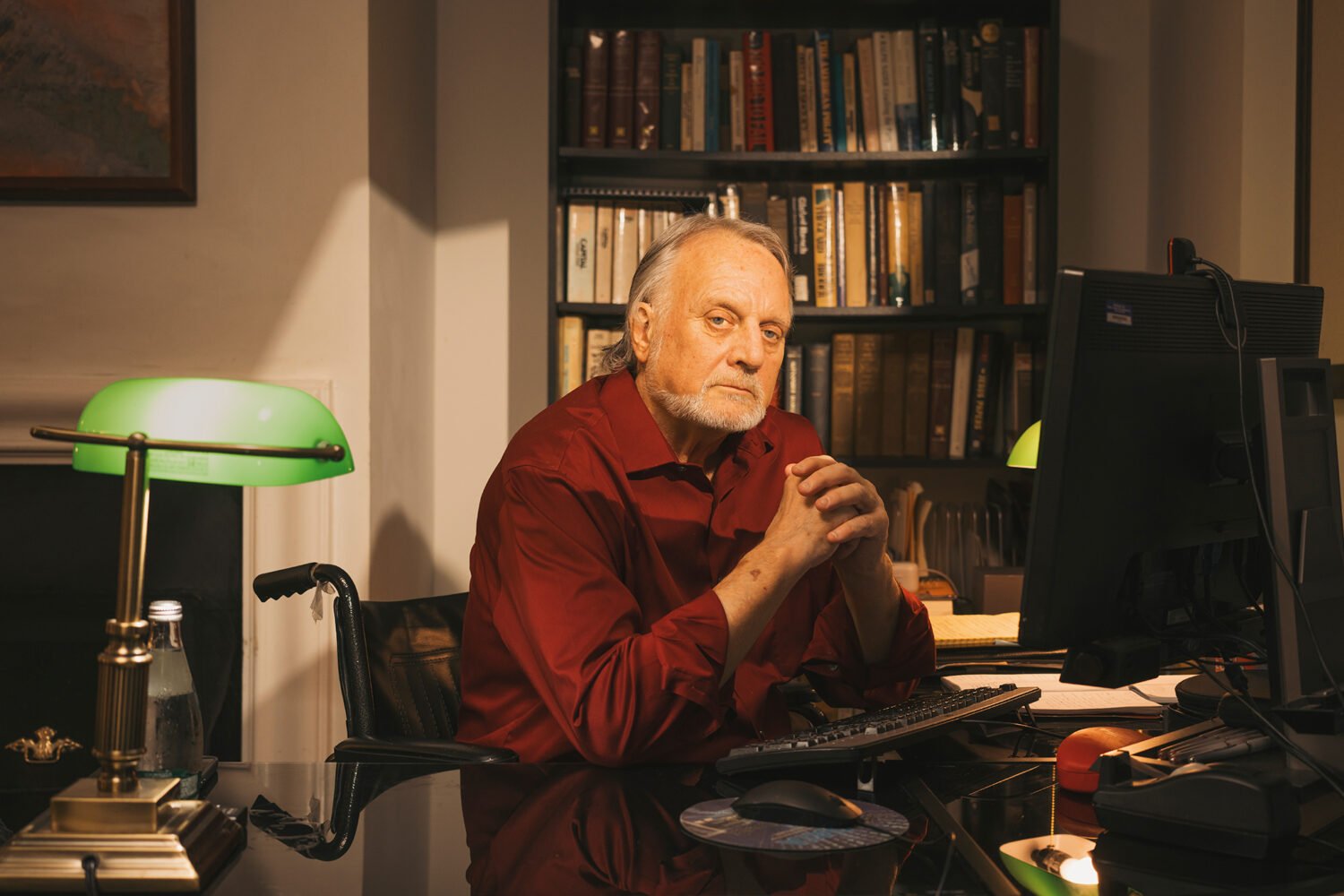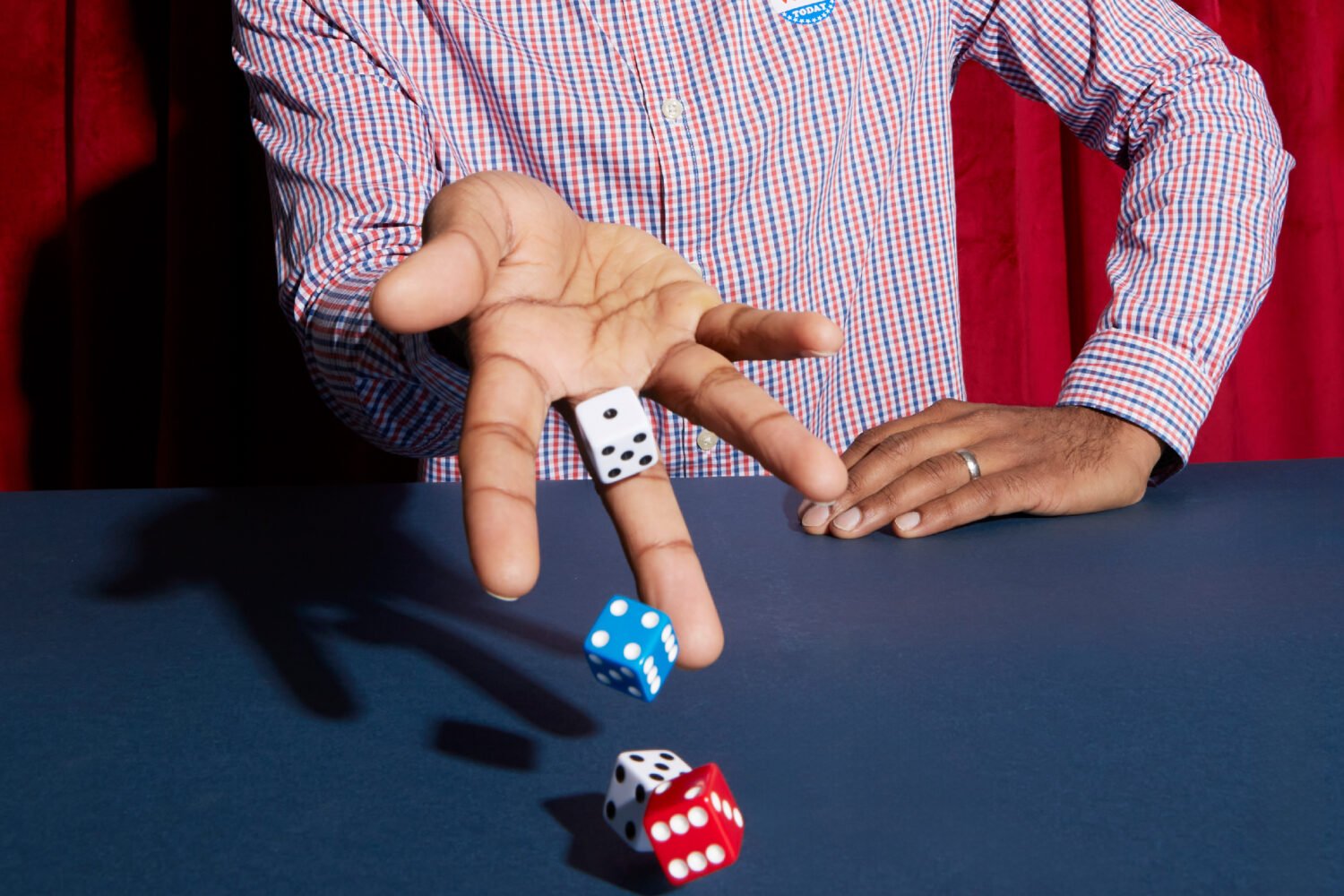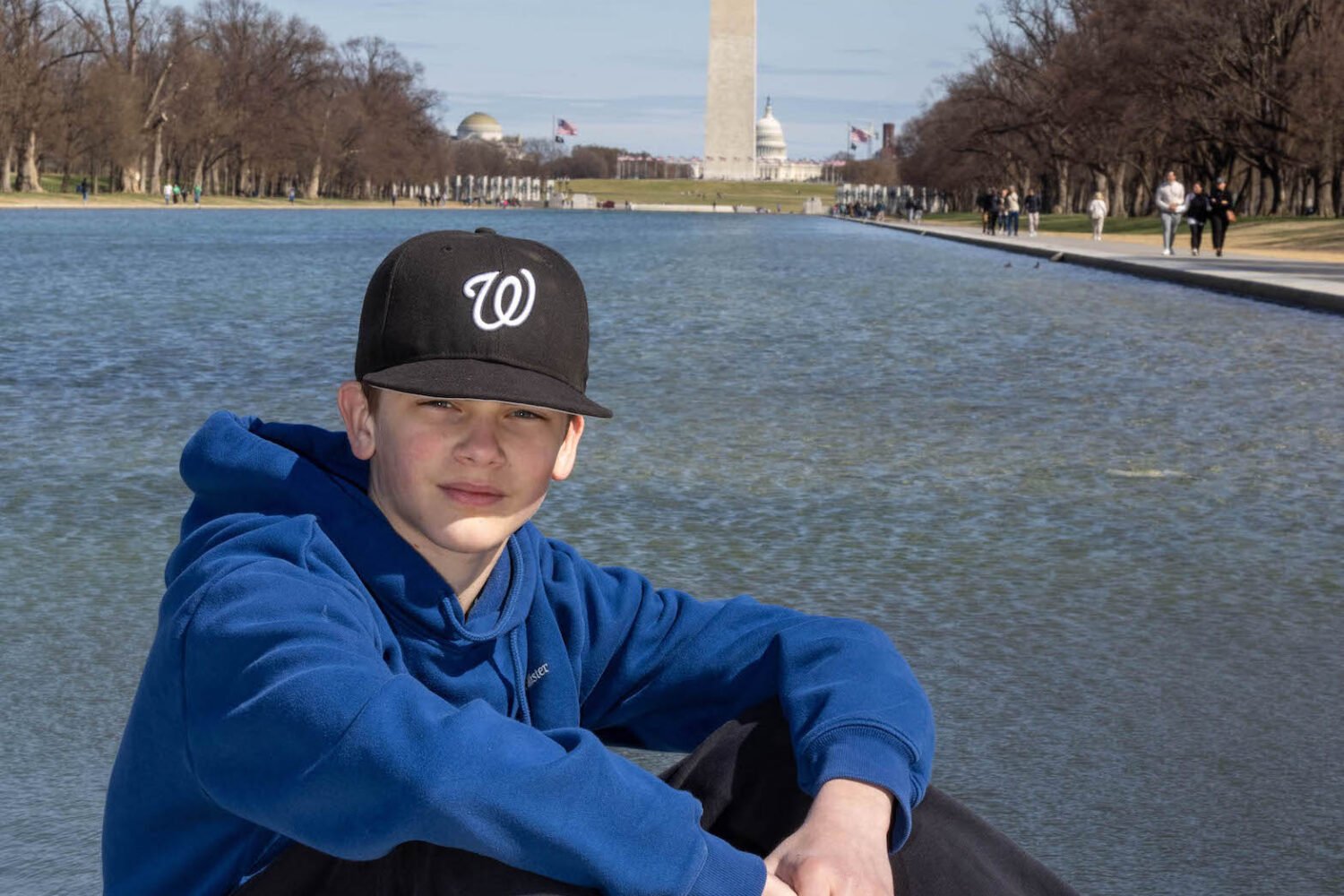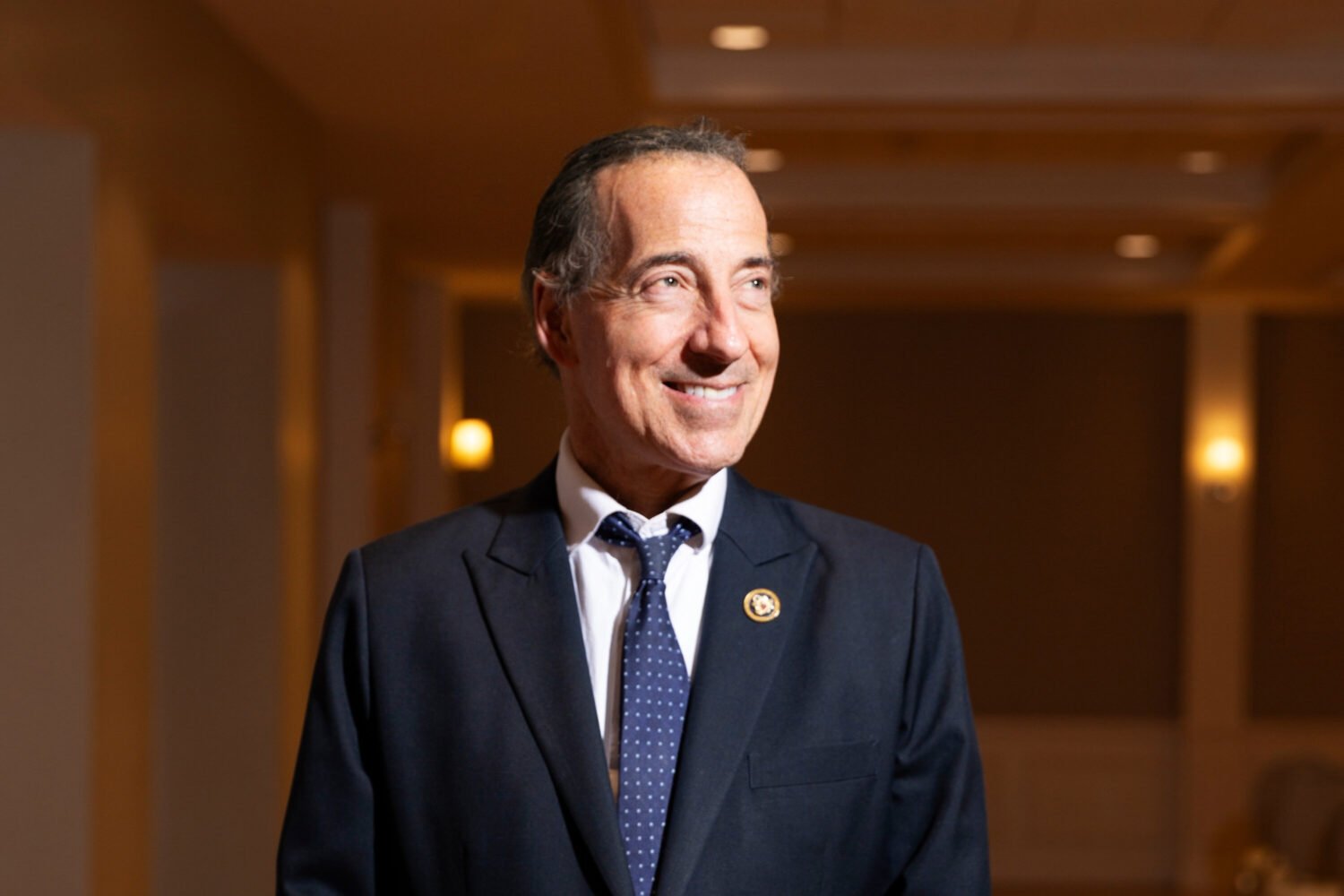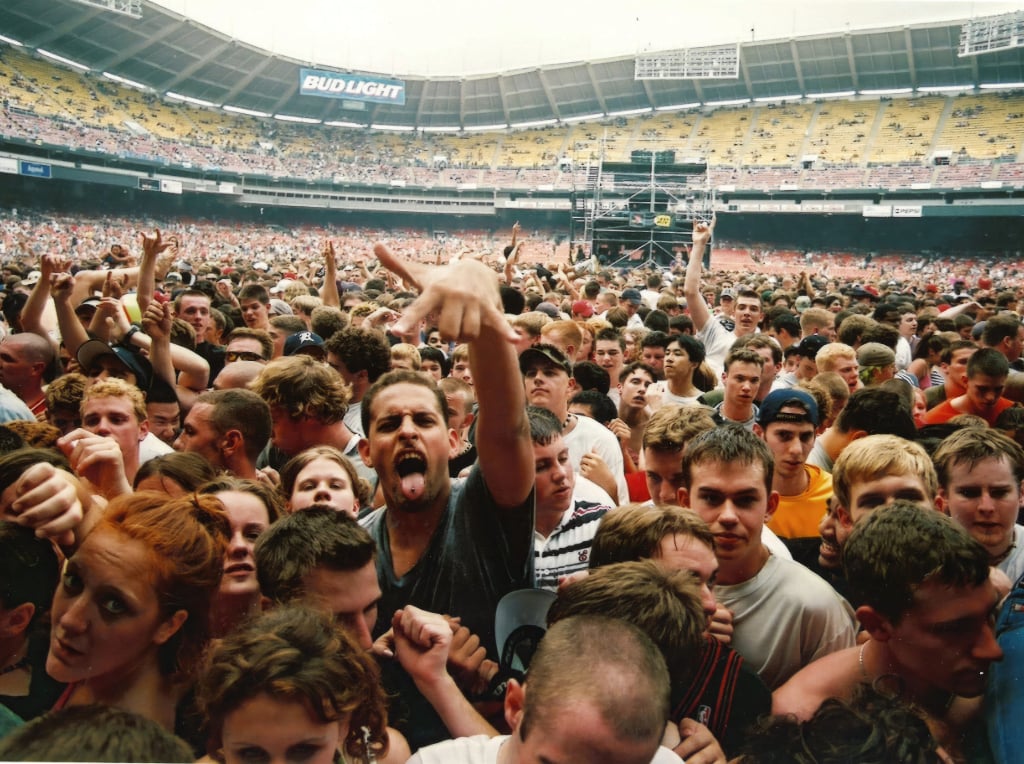About Coronavirus 2020
Washingtonian is keeping you up to date on the coronavirus around DC.
All cities are about bringing people together. That’s especially true of Washington. Our grand public places are wide-open for crowds. For all the security, many of our private corridors of power are, too: A regular constituent, after all, can walk right into a powerful senator’s office, if only to deliver a message to a staffer. (Try doing that at a Hollywood studio or a Detroit automaker.) This season of social distancing, then, feels especially eerie in the capital. But for many Washingtonians, it’s been more than that—a period of unimaginable grief, anxiety, and dislocation, of confronting personal mortality and economic calamity. What was it like to lay off 1,100 people in one fell swoop? To quit training for the Olympics? To be a teacher or a cop, to ring up someone’s groceries or bring new life into the world, not in a hospital but in a home? In their own words, nearly three dozen of our fellow denizens of Washington explain.
*This feature appears in our special May 2020 issue. Subscribe to the magazine here, and receive the May issue as a bonus.
What It’s Like to Lose Someone
Todd Valentine
What It’s Like to Lose Someone
Todd Valentine lost his uncle, 66-year-old George Valentine, on March 27; the fourth DC fatality, George was Mayor Bowser’s deputy director of legal counsel. He was joined by his cousin Tony and his aunt Josephine.
What It’s Like to Lose Two People in Less Than a Week
Shomari Stone
What It’s Like to Lose Two People in Less Than a Week
NBC News4 reporter Shomari Stone is grieving while he reports on the crisis.
What It’s Like to Lead a Congregation of 5,500
Sarah Krinsky
What It’s Like to Lead a Congregation of 5,500
Sarah Krinsky is the Rabbi at Adas Israel in Cleveland Park.
What It’s Like to (Try to) Tell Jokes
Haywood Turnipseed
What It’s Like to (Try to) Tell Jokes
Haywood Turnipseed is a 44-year-old DC comedian who’s used to doing three to five shows a week.
What It’s Like to Hand Out Weed
Chris Licata
What It’s Like to Hand Out Weed
Chris Licata is a cofounder and delivery guy for District Derp, a pot gifting service in DC. Customers buy an abstract painting—created by Licata’s Alaskan Klee Kai—and the free weed comes with it.
What It’s Like to Lay Off 150 People
David Winer
What It’s Like to Lay Off 150 People
David Winer co-owns EatWell DC restaurants (Logan Tavern, The Pig, Commissary, Grillfish, The Charles):
What It’s Like to Lay Off 1,100 People
Dan Simons
What It’s Like to Lay Off 1,100 People
Dan Simons co-owns Farmers Restaurant Group (Founding Farmers, Farmers Fishers Bakers, and Farmers & Distillers).
What It’s Like to Look After the Zoo
Steven Monfort
What It’s Like to Look After the Zoo
Steven Monfort, Director of the National Zoo, is teleworking, but 160 of his staff are on site.
What It’s Like to Be an ICU Nurse
Elizabeth Montgomery
What It’s Like to Be an ICU Nurse
Elizabeth Montgomery, 44, is a nurse in the medical/surgical ICU, the main unit for Covid patients, at Inova Fairfax Hospital.
What It’s Like to Be Sent Home From Medical School
Hager Koraym
What It’s Like to Be Sent Home From Medical School
Hager Koraym, 26, is a fourth-year student at Georgetown, which suspended on-campus study.
What It’s Like to Go Out On a Date
A 28-year-old Shaw consultant braved the dating apps before shelter-in-place orders took effect.
What It’s Like to Be in the Middle of the Lobbying Scrum
A Democratic lobbyist, on sparring for stimulus money from Congress.
What It’s Like to Work at a Grocery Store
Jane St. Louis
What It’s Like to Work at a Grocery Store
Jane St. Louis is a clerk at a Safeway in Damascus.
What It’s Like to Be a High-School Senior
Macy Fewell
What It’s Like to Be a High-School Senior
Macy Fewell is in her last year at Thomas S. Wootton High School in Montgomery County.
What It’s Like to Be Frances Tiafoe
The 22-year-old tennis phenom—ranked #81 in the world—was trying to qualify for the Olympics when Covid hit.
What It’s Like to Sell Booze
Shravan Dilawri
What It’s Like to Sell Booze
Shravan Dilawri co-owns Modern Liquors in Shaw.
What It’s Like to Make Attack Ads for Dems
Victor Nguyen-Long
What It’s Like to Make Attack Ads for Dems
Victor Nguyen-Long is creative director at ACRONYM, a progressive digital-media firm.
What It’s Like to Make Attack Ads for Republicans
Barney Keller
What It’s Like to Make Attack Ads for Republicans
Barney Keller is a partner at Jamestown Associates, an ad firm that works for GOP candidates.
What It’s Like to Play a Virtual Concert Where the Fans Go Wild
On March 21, the go-go band Rare Essence, together for 40 years, streamed a show from a College Park warehouse on Facebook live—and tens of thousands tuned in. Lead guitarist Andre Johnson:
What It’s Like to Be The Great Zucchini
The 50-year-old childrens’ entertainer typically does 700 or 800 shows a year, between birthday parties, theaters, festivals and other events.
What It’s Like to Be An Exotic Dancer
Ms. Peru is on hiatus from the private parties she does with a 7-foot-long boa named Chanel and from dancing at two DC night clubs.
What It’s Like to Try to Feed 400,000 People
Radha Muthiah
What It’s Like to Try to Feed 400,000 People
Radha Muthiah is president and CEO, Capital Area Food Bank.
What It’s Like to Adopt a Dog
Thomas Drescher
What It’s Like to Adopt a Dog
Thomas Drescher, 35, teaches Middle School Latin at Landon School; his wife, Becky Nolin, 36, is a public school teacher and instructional coach in Columbia Heights. They adopted a dog on March 20.
What It’s Like to Be 87
Jan Evans Houser
What It’s Like to Be 87
Jan Evans Houser, 87, a former board member at the American Red Cross, and National Cathedral School, lives in the Fox Hill Residences in Bethesda.
What It’s Like to Run a Construction Site
Dave Chandler
What It’s Like to Run a Construction Site
Dave Chandler is Vice President of Environmental Health, Safety, and Quality at Davis Construction.
What It’s Like to Be a Cop
Kristopher Swope
What It’s Like to Be a Cop
Kristopher Swope is a Lieutenant with the National Park Service Police who oversees the Mall, East and West Potomac parks, and parts of Rock Creek Parkway.
What It’s Like to Be a Teacher
An instructor at a private school shared the triumphs and dilemmas of holding school virtually.
What It’s Like To Not Be Able to Pay Your Rent
Uzo Njoku, 23, who lives in downtown Silver Spring, is a painter and gig worker.
What It’s Like to Be a Midwife
Katie Shannon
What It’s Like to Be a Midwife
Katie Shannon, who co-owns Chesapeake Midwifery, saw inquiries for home births go from one to two a week before the crisis to 40 to 50 a week at the end of March.
What It’s Like to Open and Close a Business in A Month
Molly Nizhnikov and Rachel Lubin
What It’s Like to Open and Close a Business in A Month
Co-owners Molly Nizhnikov and Rachel Lubin opened The Lane, an indoor kids’ playground in Ivy City on Presidents’ Day weekend in February.
What It’s Like to Feel Restaurant Survivor Guilt
Alana Nason
What It’s Like to Feel Restaurant Survivor Guilt
Alana Nason is the assistant manager at Bar Charley.
What It’s Like to be 39 Weeks Pregnant
Leah Moser
What It’s Like to be 39 Weeks Pregnant
Leah Moser, who lives in Northern Virginia, on the nerve wracking wait for her third child.
What It’s Like to Bring Home a New Baby
Lisa Christopher
What It’s Like to Bring Home a New Baby
Lisa Christopher, a NICU nurse, delivered her third child at Anne Arundel Medical Center on March 19, 2020.
What It’s Like to be a Therapist
Aditi Shrikhande
What It’s Like to be a Therapist
Psychiatrist Aditi Shrikhande practices in Chevy Chase.
Reported by Andrew Beaujon, Daniella Byck, Rosa Cartagena, Kristen Hinman, Marisa M. Kashino, Ann Limpert, Amy Moeller, Mimi Montgomery, Luke Mullins, Jane Recker, Jessica Sidman, Anna Spiegel, and Benjamin Wofford.
Photograph of Rare Essence by Bennie Harrington; photograph of Jan Evans Houser by Daniel R. Arant; all other photographs courtesy of subjects.
This article appears in the May 2020 issue of Washingtonian. Subscribe to the magazine for $18/year here, and receive the May issue as a bonus.
